I recently brought a large group of fellow Filipino food fans to one of my favorite restaurants, Tito Rad’s Grill, the OG (since 2006), real-deal, pinoy restaurant at 49-10 Queens Blvd in Woodside, for a sumptuous repast. Since Filipino food is one of my favorites, I particularly enjoy introducing it to folks who want to learn more about it first hand. Here are a few of the delicious dishes we enjoyed on this occasion and from past visits, in no special order.
(Click any photo to view in glorious high resolution.)
Spring rolls, sprung originally from China. A savory appetizer or snack filled with chopped vegetables and sometimes meat, they’re deep fried and crispilicious.
Lumpia are usually found fried. This version, Lumpia Sariwa (sariwa means fresh in Tagalog), springs from China’s popiah, and since I always take the road less traveled, we opted for these. Sautéed vegetables and chicken wrapped in a lettuce leaf that itself is rolled into a soft wheat flour crepe, served with peanut sauce.
Bean sprout fritters with shrimp and vegetables served with a spicy vinegar-garlic sauce.
One of my all-time favorite dishes, Filipino or otherwise. Chopped pork belly simmered until it surrenders into tenderness, grilled with onion and a little hot pepper until it achieves ultimate yummitude, served on a sizzling platter and topped with a raw egg. Take that photo fast, then stir in the egg while the dish is still hot so it cooks and brings its ineffable richness to the party. (Yes, that means I liked it.)
A stunning presentation, this is the “Before” picture. Slow roasted pork belly marinated with lemongrass and spices in all its crispy, porcine glory; this porky miracle has to be ordered a day in advance. Unless I’m mistaken, a collective gasp was clearly audible as the roast was reverently borne to our table. A hush fell over the assembled diners as we closed our eyes to take our first bite. And of course there was no loss of decorum as we scrambled to snatch up the ample leftovers. Of course.
The “After” picture, a study in pulchritudinous rhizanthous verisimilitude. Looks like a pretty flower too.
Inihaw means grilled. Inihaw Tuna Belly means decadent. This one must be ordered in advance as well; it’s available in three sizes, large shown here. Plays happily in the company of rice; excellent dipping sauce and achara (Filipino pickled green papaya) on the side.
Alternately, you might want to take a deeper dive with Inihaw na Panga, Grilled Tuna Jaw. Also an advance order, it comes in three sizes – small, medium, and large. Don’t be intimidated by the jaw (or by the double basses you imagine you hear playing menacingly in the background 🦈). Even if you’re not familiar with tuna anatomy (tunatomy?), you’ll find it pretty easy to navigate and actually kind of fun. Did I mention that it’s delicious as well?
When you see ginataang on the menu, that’s your cue that the dish is made with coconut milk; langka is the Tagalog word for jackfruit, in this case green, unripened jackfruit where it functions more as a vegetable than a fruit. And yes, there’s pork in this delicious dish, too, because even a vegetable side dish needs pork.
Steamed rice noodles lurking under a cover of shrimp sauce, garnished with hard-boiled egg, crumbled crispy pork rinds and scallions.
Ampalaya (bitter melon), calabaza squash, green beans and more, plus pork (of course), in a shrimp paste sauce. Another great dish from the Filipino repertoire.
A rich stew prepared from pork in a luscious gravy that includes vinegar and pork blood. Now, don’t go running off! I’ve said it before: Numerous cultures are at home with it – blood rice cakes in China, blood pancakes in Sweden, in addition to sausages from Great Britain and Ireland, morcilla in Spanish speaking countries worldwide, boudin in France, and so many more in Northern and Eastern Europe. Pretty much everywhere actually. And you also know that I only recommend truly tasty food; I have never been one to embrace the sensationalism of “Look what gross thing I just ate!” No. This is genuinely delicious. Don’t knock it until you’ve tried it.
Garlic Fried Rice. Just what it sounds like, and it’s the perfect accompaniment for dinuguan.
Another classic Filipino dish. Vegetables simmered in spicy (only slightly so here) coconut milk; we ordered the version with meat because I’m incorrigible. Named for the Bicol Express, a passenger train that ran from Manila to the Bicol region in the Philippines, I guess you could think of this dish that’s both creamy and spicy as running from one terminus on the flavor route to another.
In this context, the Tagalog word pata, as in Spanish, refers to an animal’s leg. Pig knuckle/trotter/hock, massaged with ginger and garlic, deep fried until the skin is crispy and the meat is falling apart tender, accompanied by a spicy dip and always served impaled on the best implement to rend it asunder.
Made from taro leaves and coconut milk – gotta get your greens, right?
Braised pork in a sweet fermented black bean sauce (the defining ingredient) with mushrooms and onions. And a hard-boiled egg.
Kaldereta, from the Spanish caldereta or cauldron (note the serving vessel), refers to a stew. This example is a mildly spicy rendition with beef, olives, potatoes, and other vegetables.
The undisputed king of crispy deep-fried porky goodness, fried pork belly. Lechon is roast suckling pig and kawali refers to the way in which it’s prepared, deep fried in a wok (kawali). It’s sliced into delicious chunks and served with a vinegar garlic dipping sauce usually made with (but not really tasting like) liver. Crispy skin, meltingly tender pork belly – I have yet to meet anyone who doesn’t love this dish!
Masarap!
Tito Rad’s Grill is located at 49-10 Queens Blvd in Woodside, Queens.

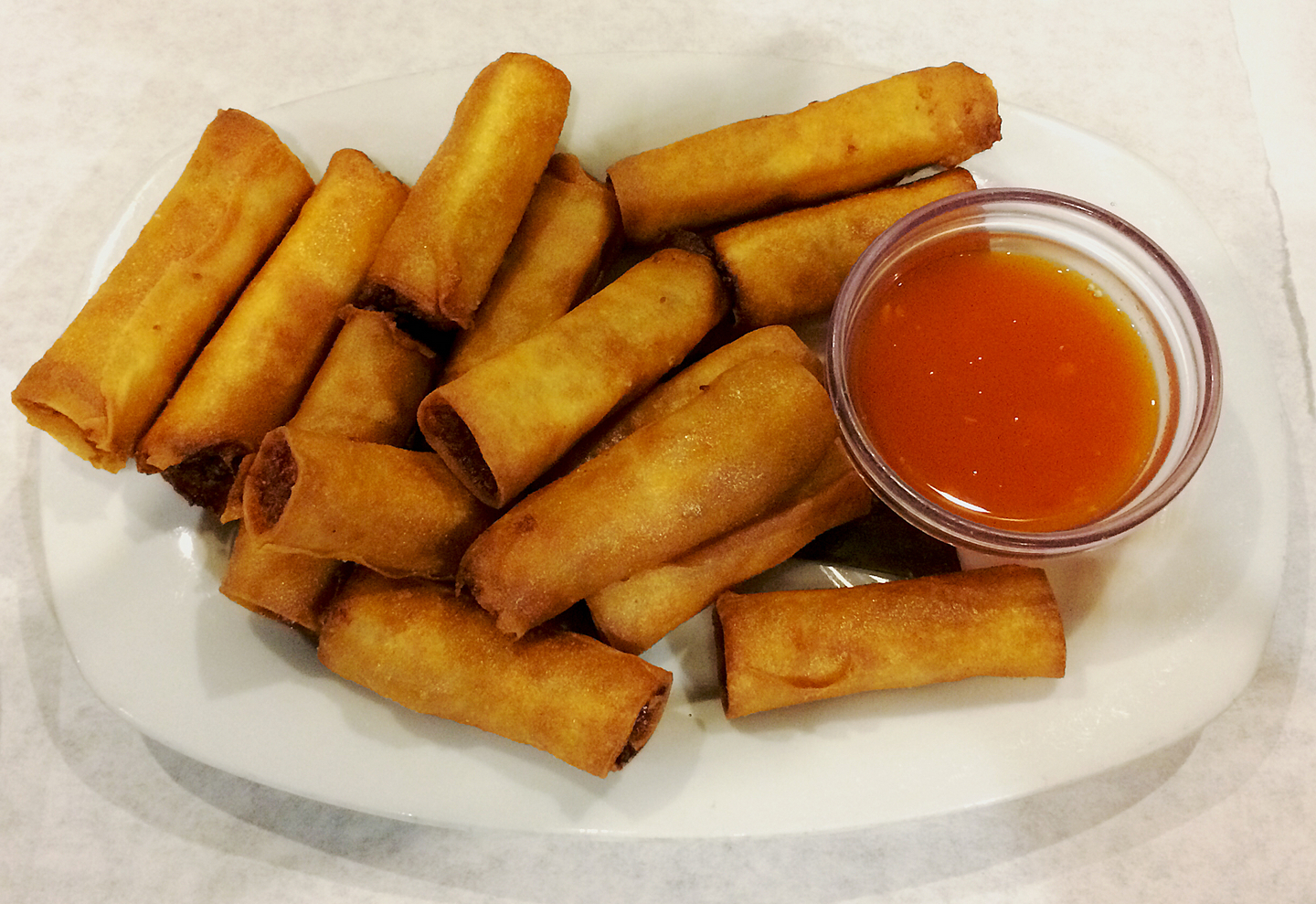
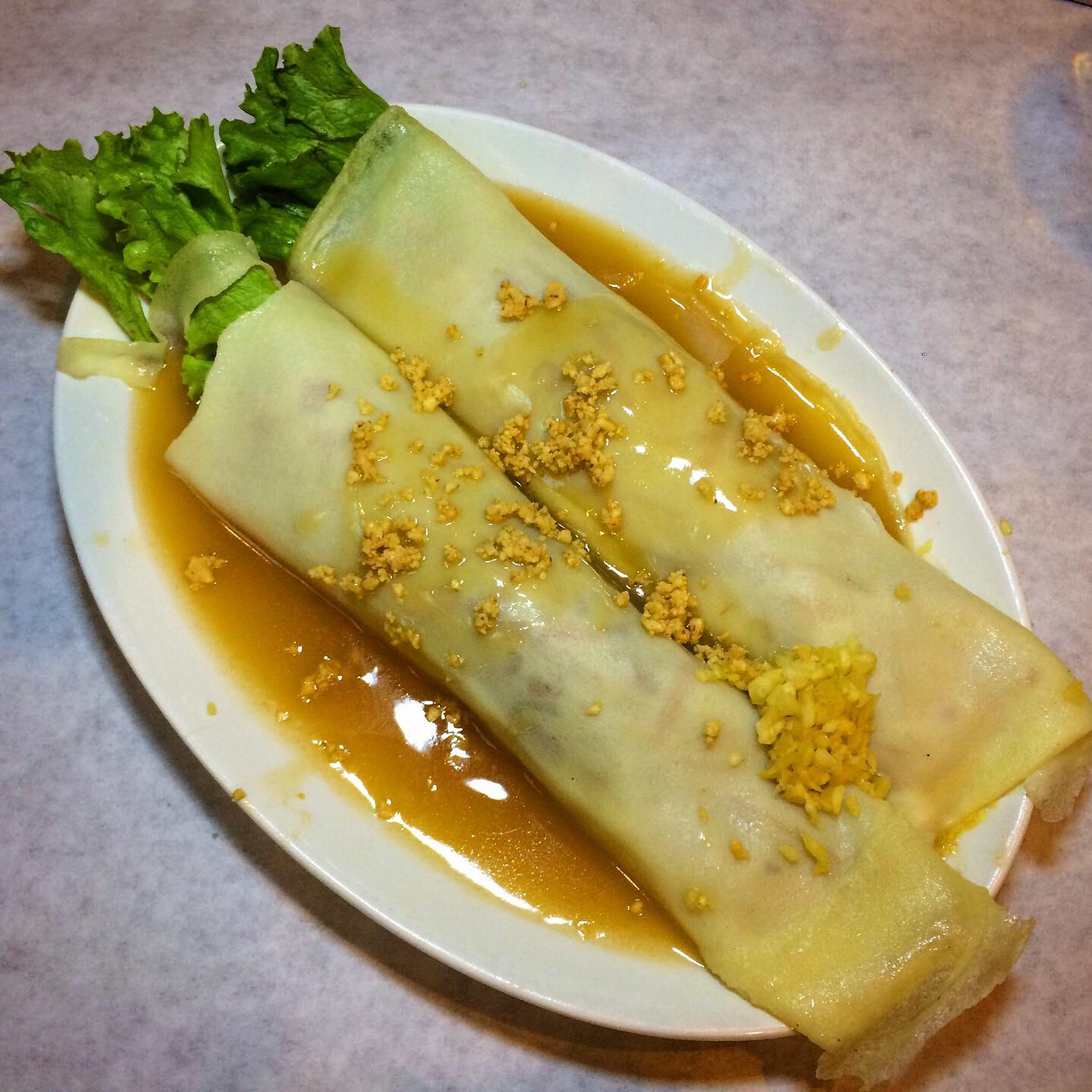
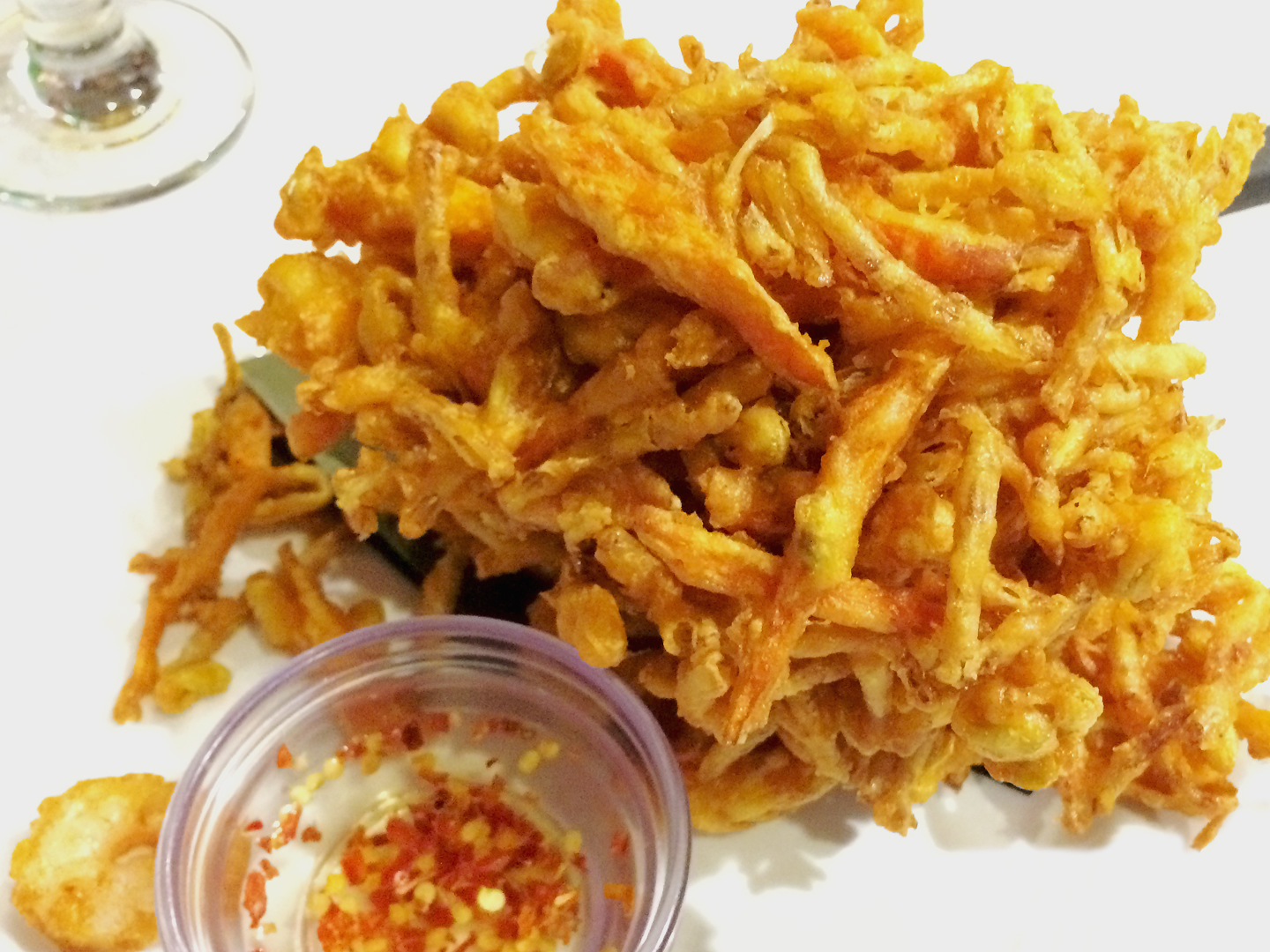
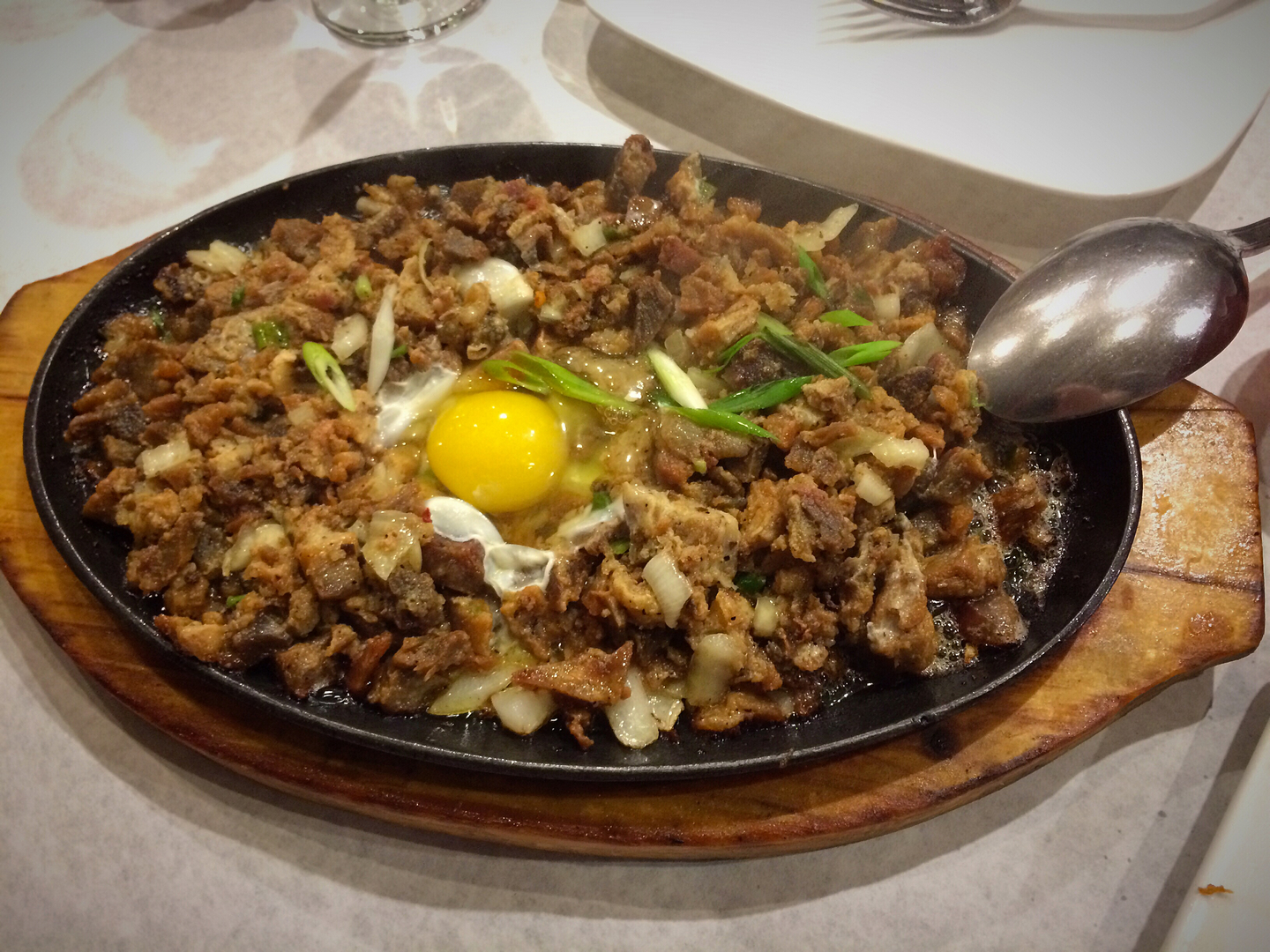
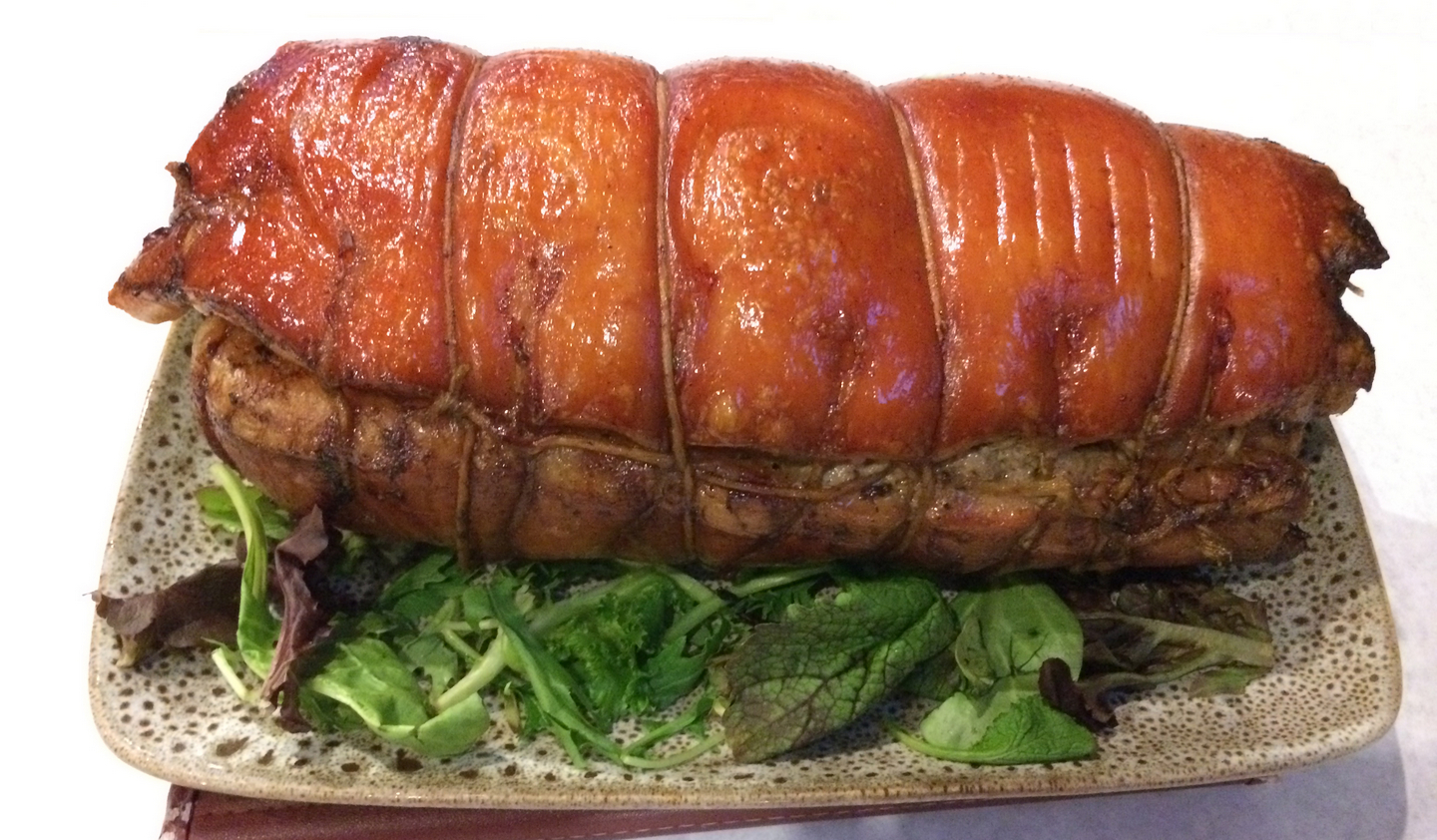
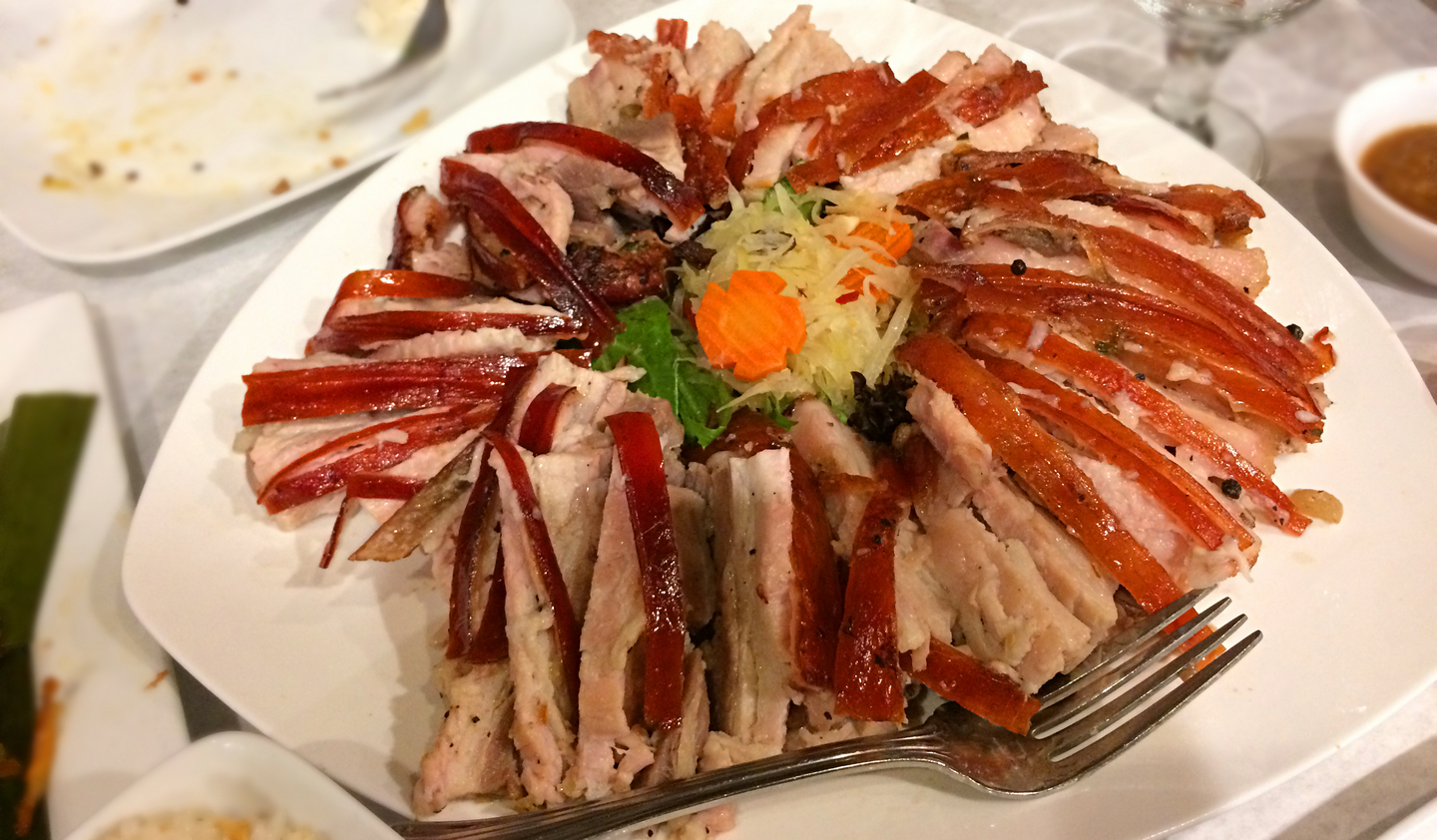
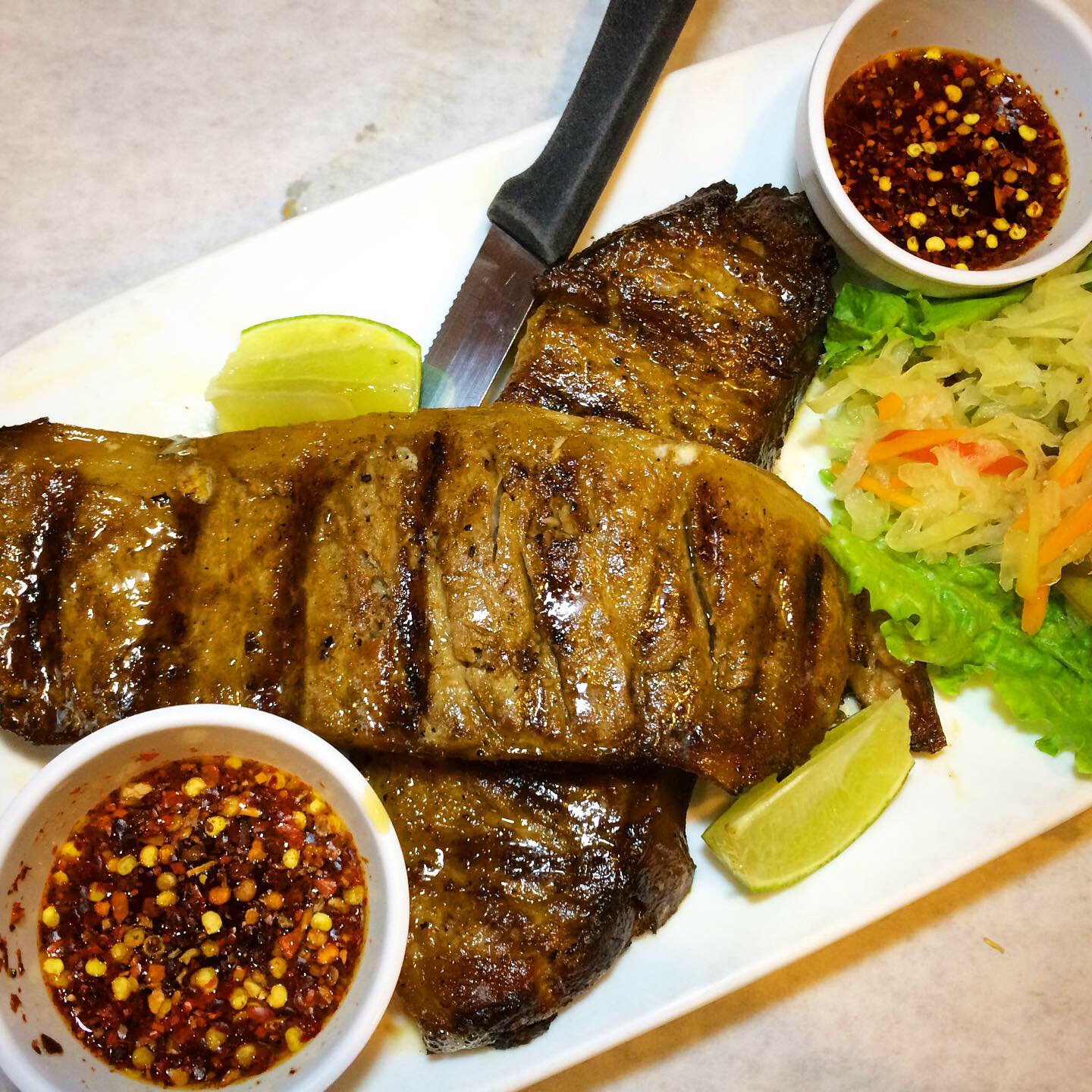
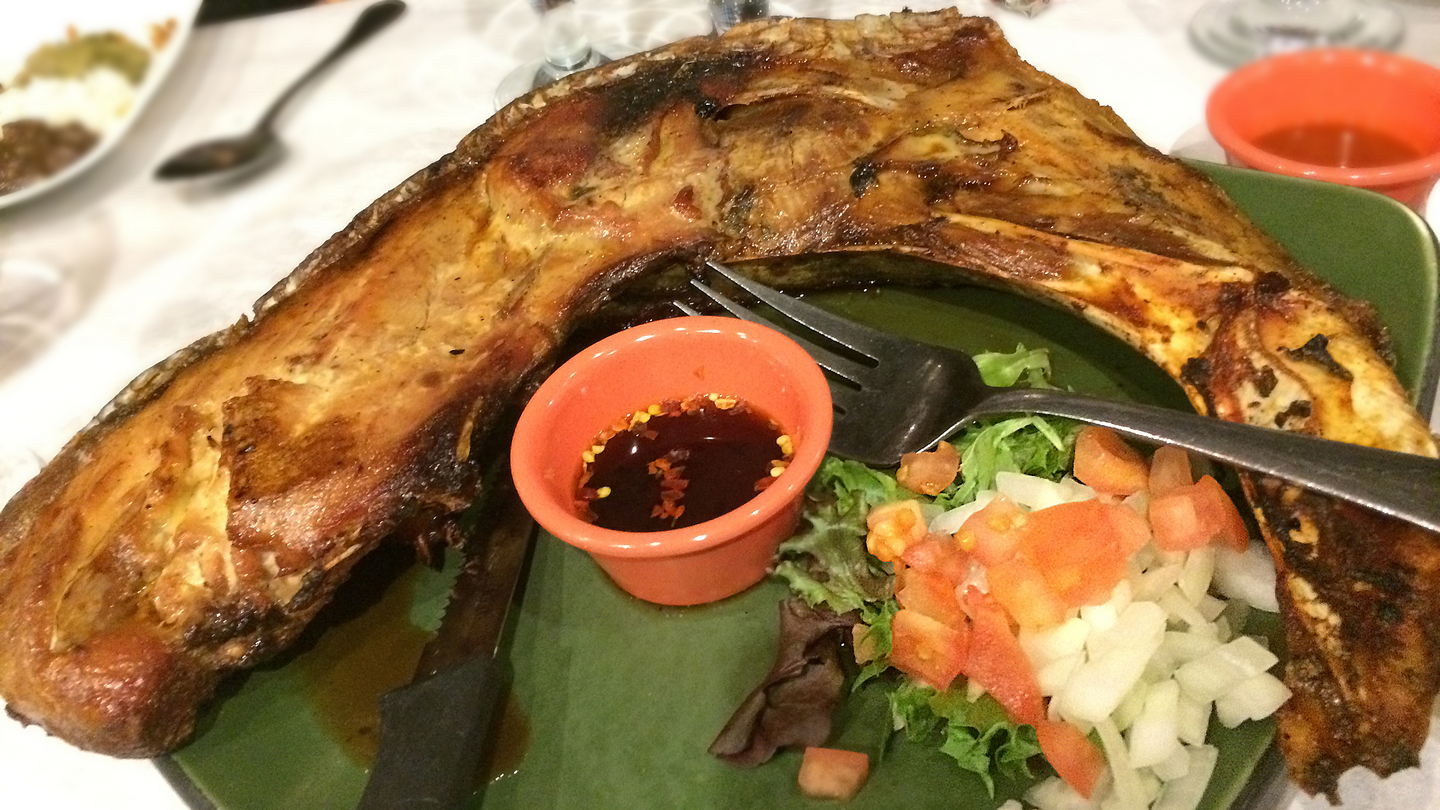
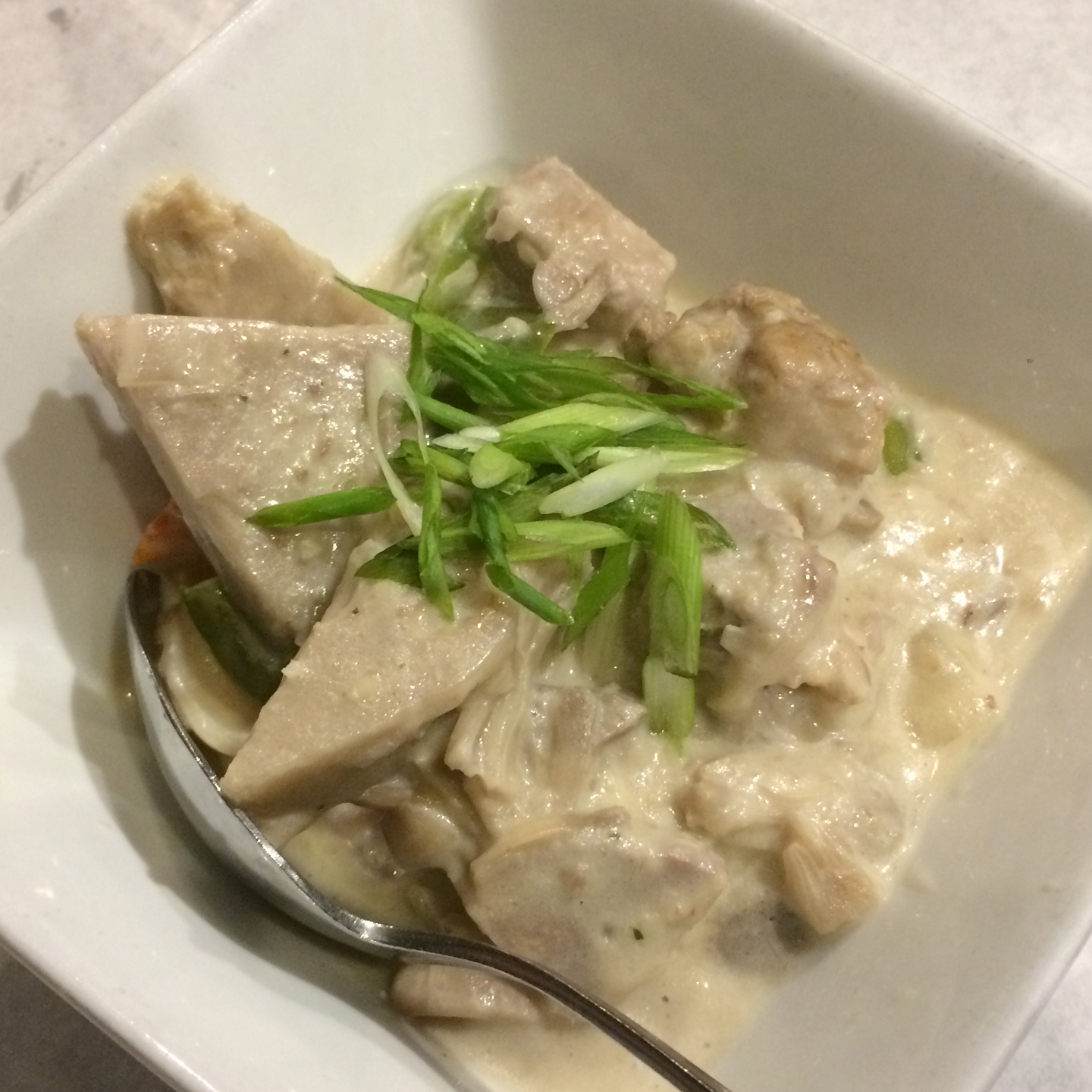
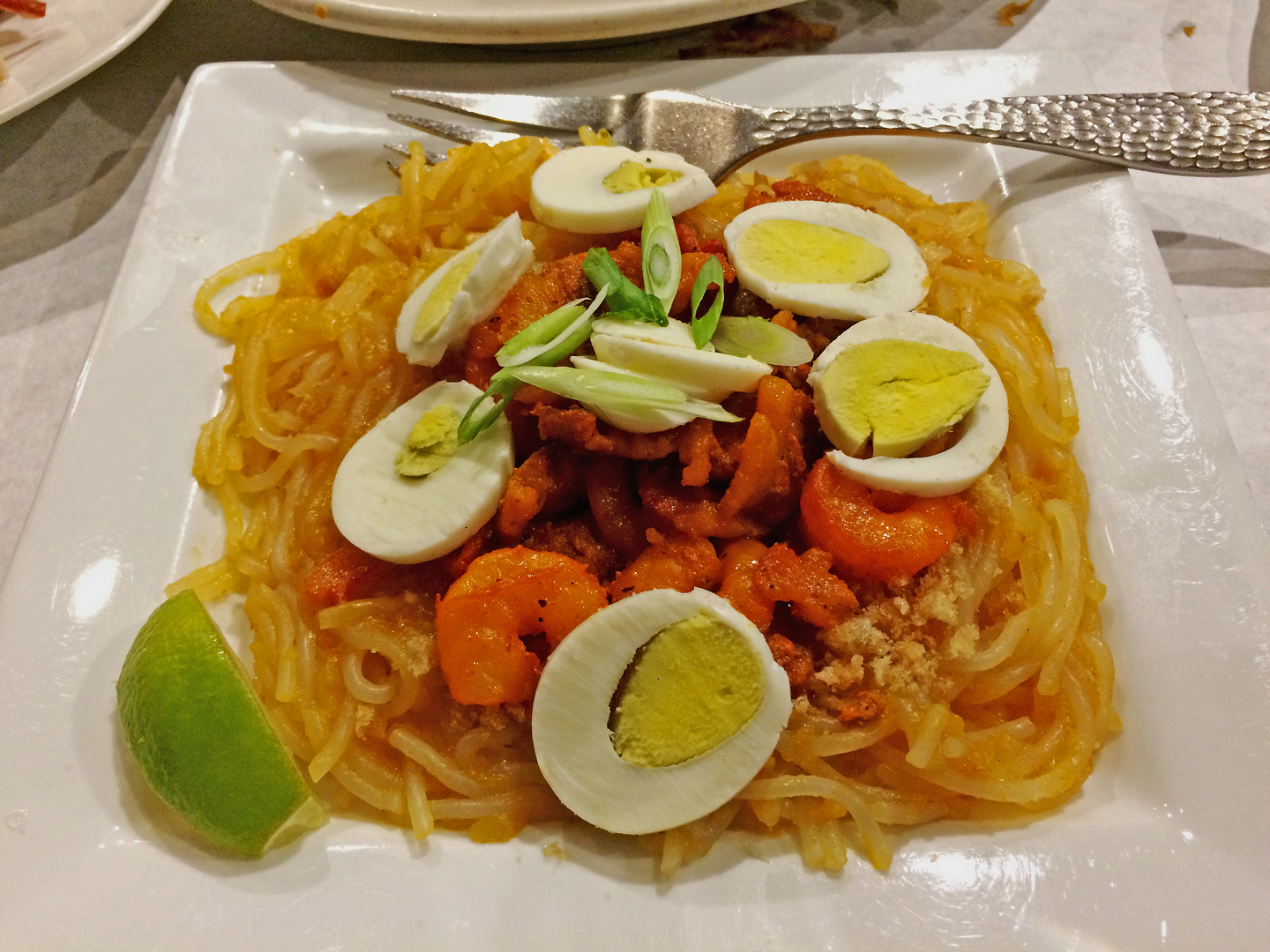
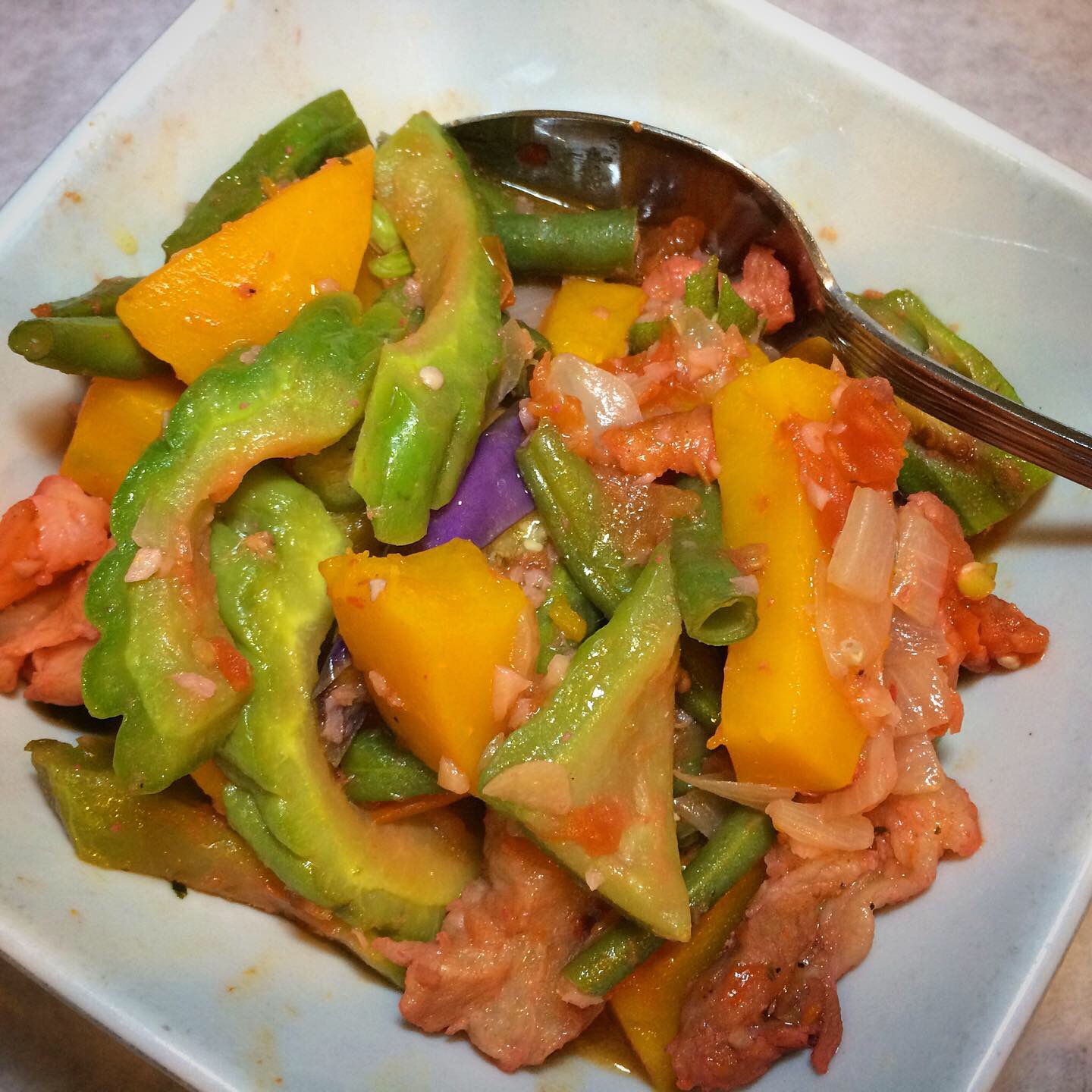
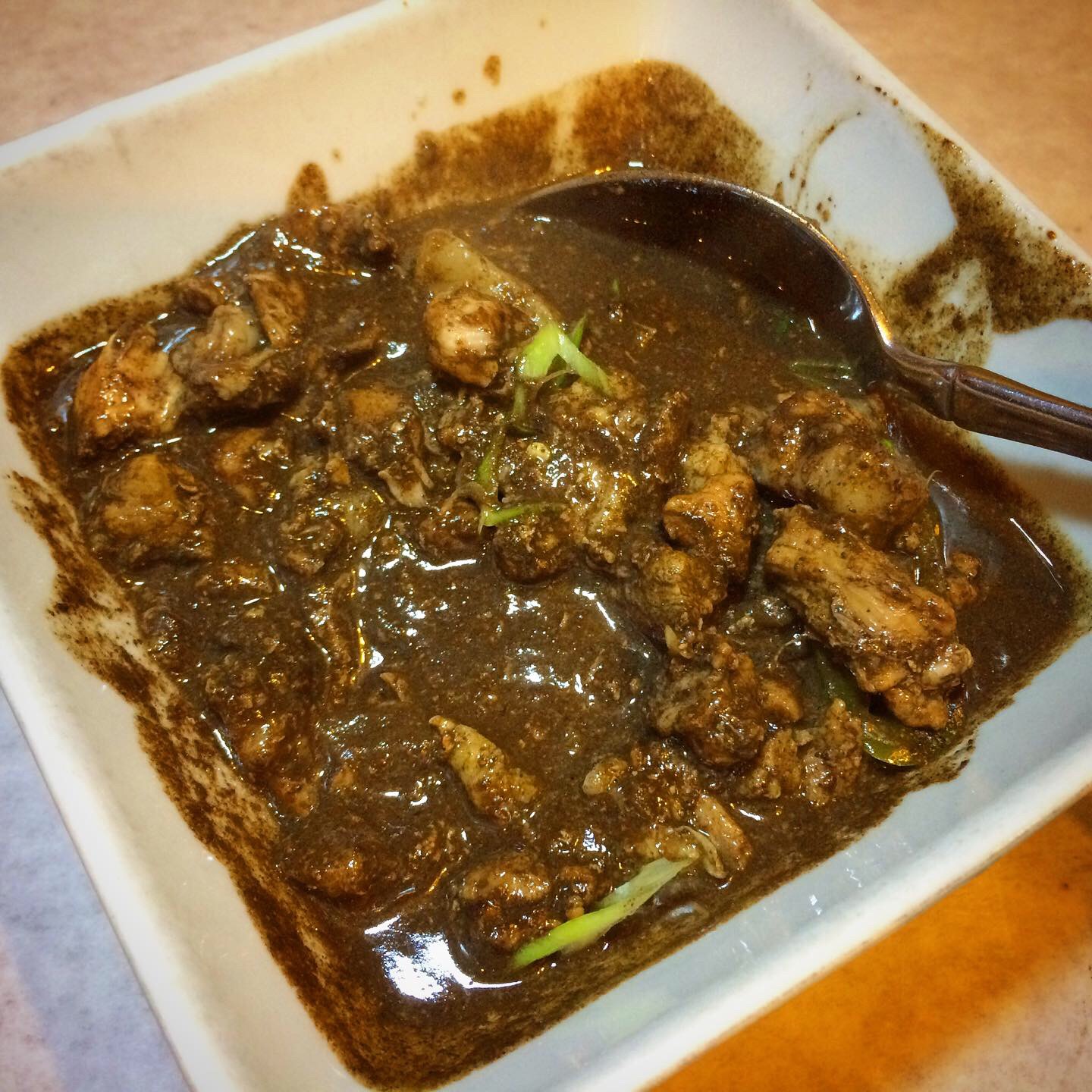
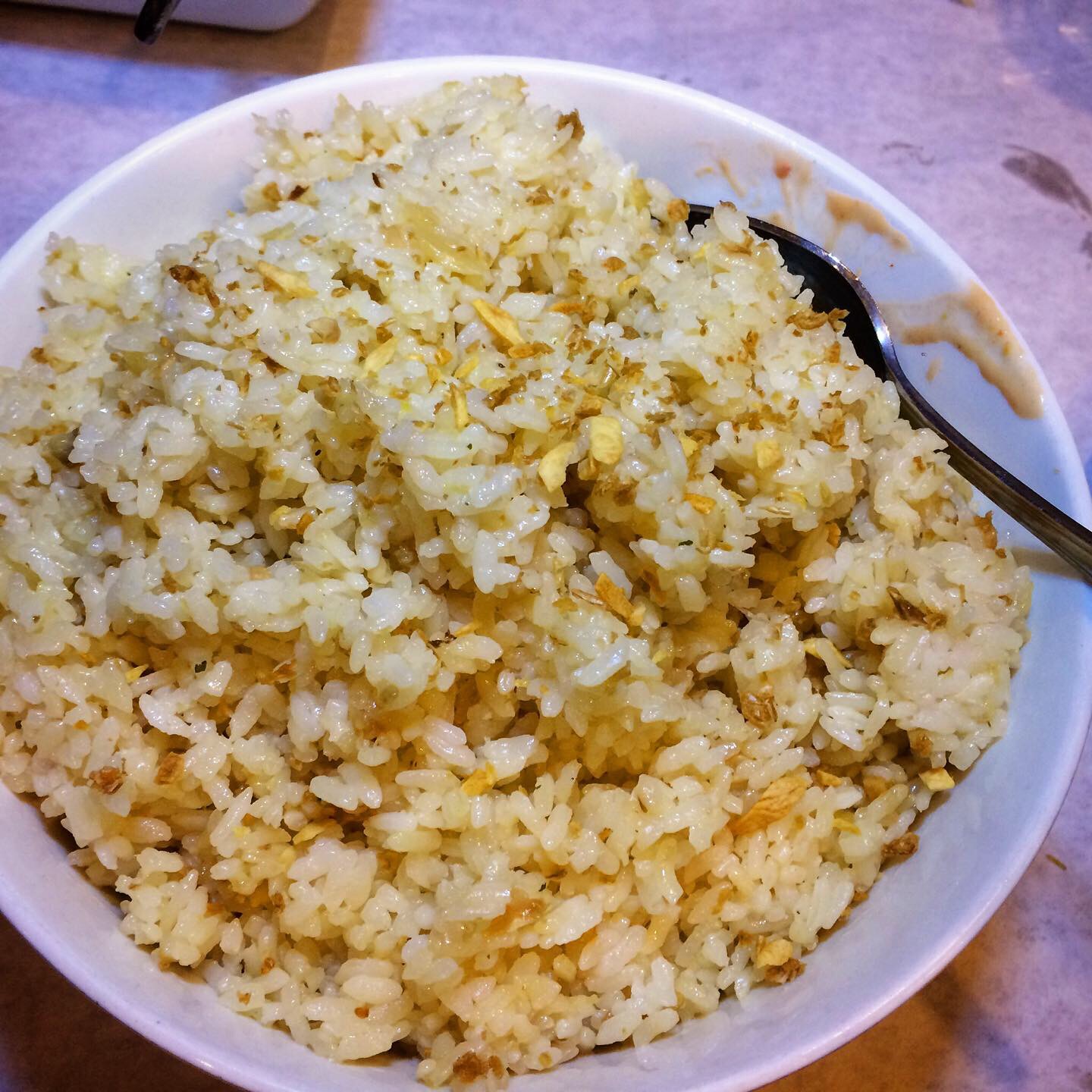
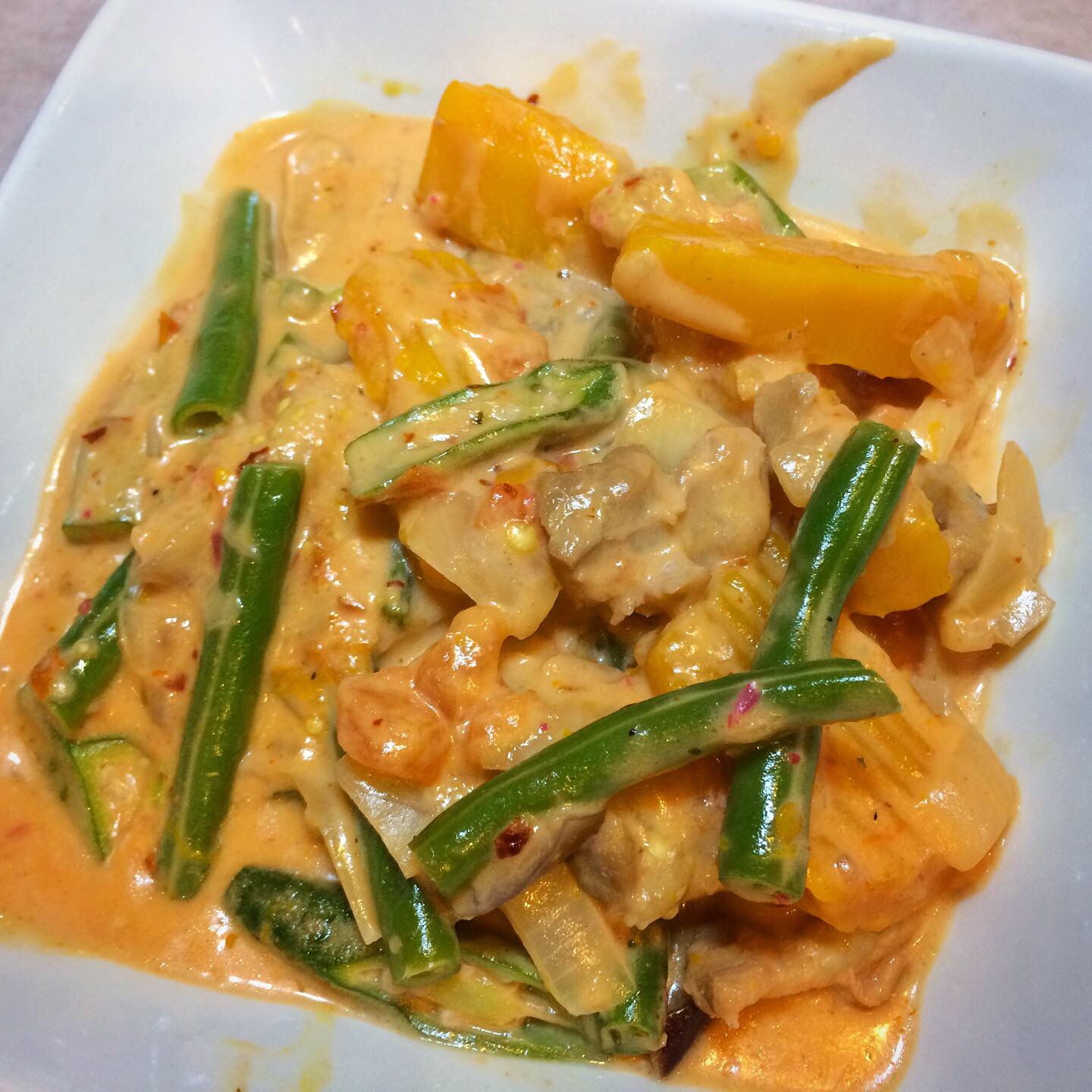
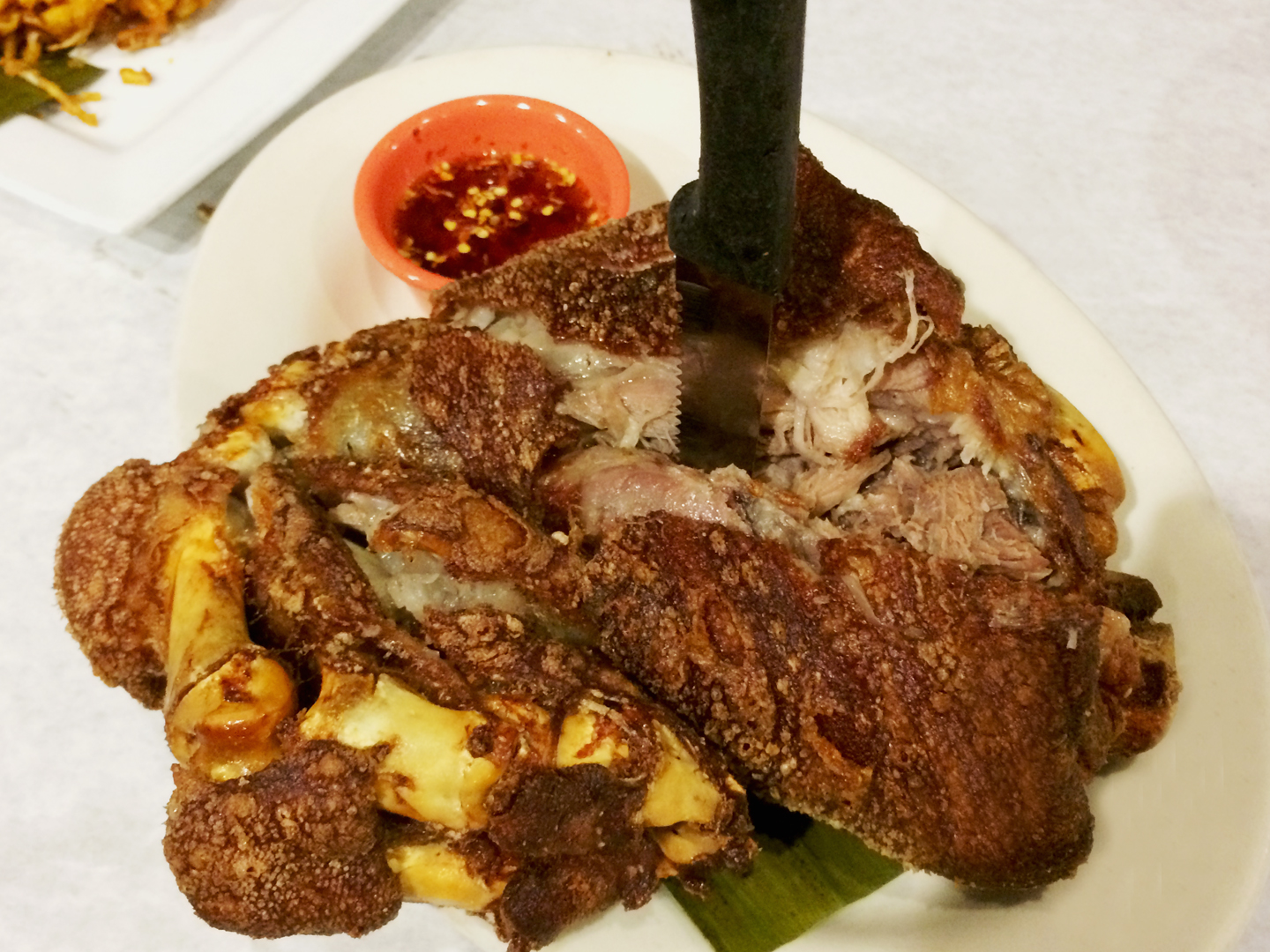
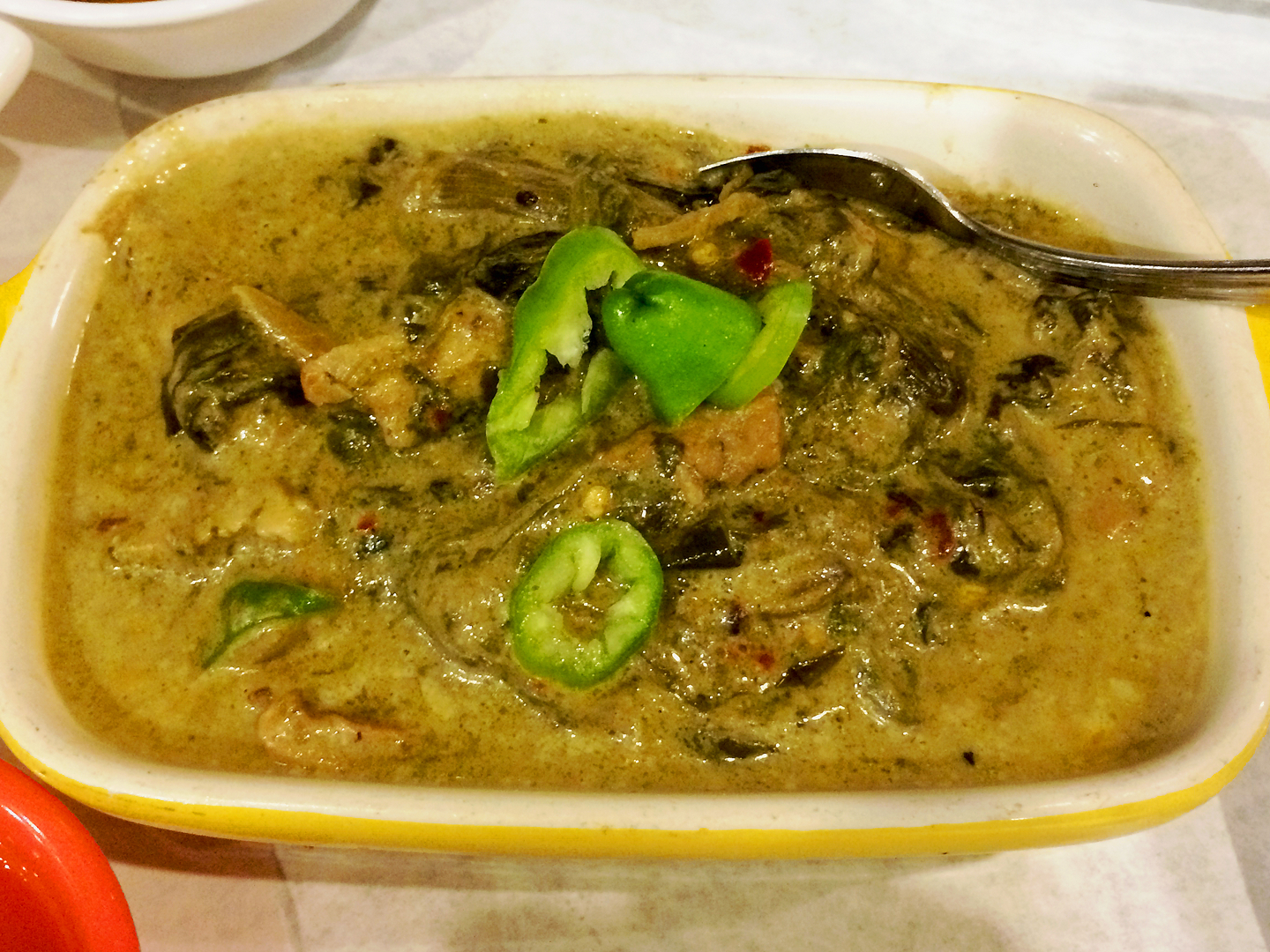
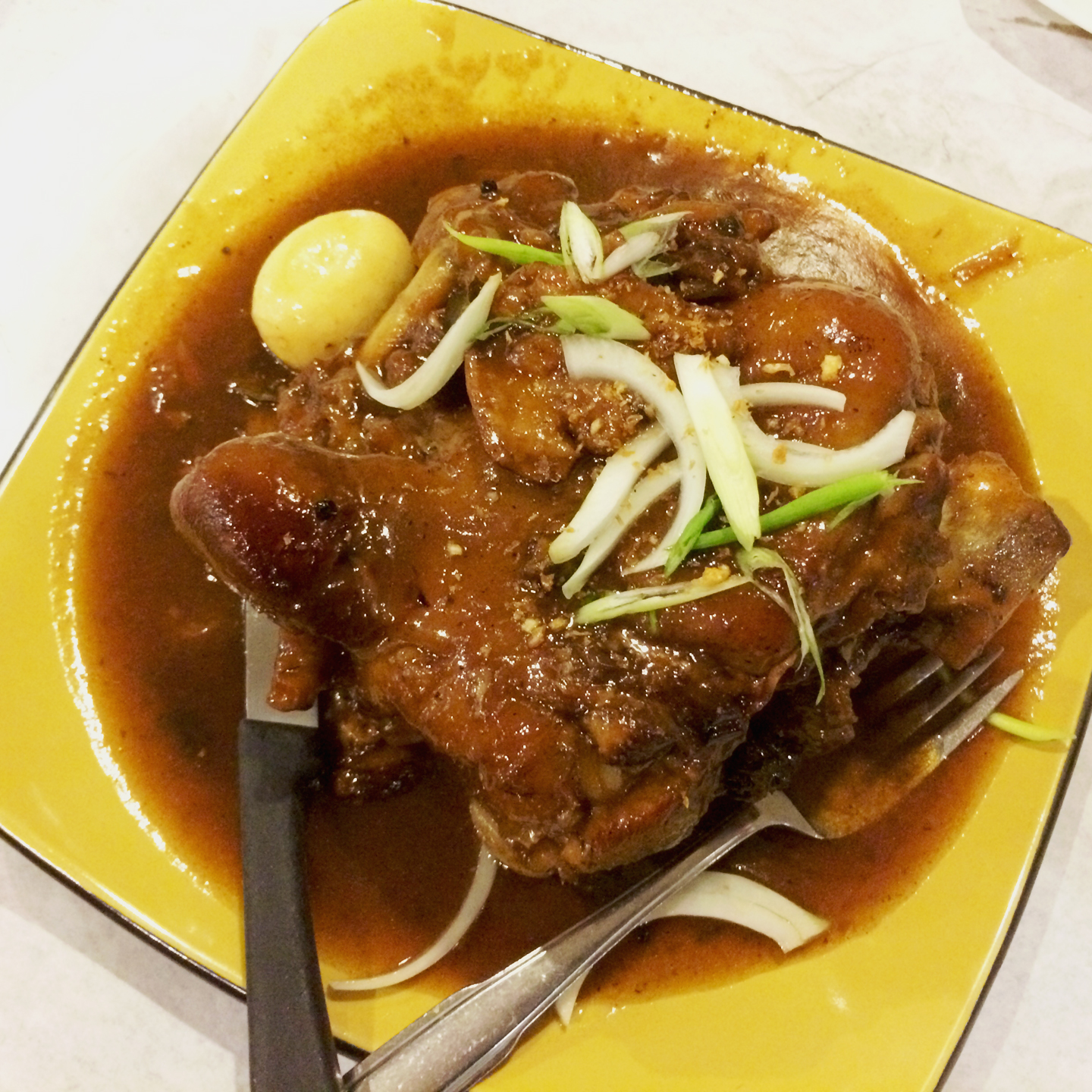
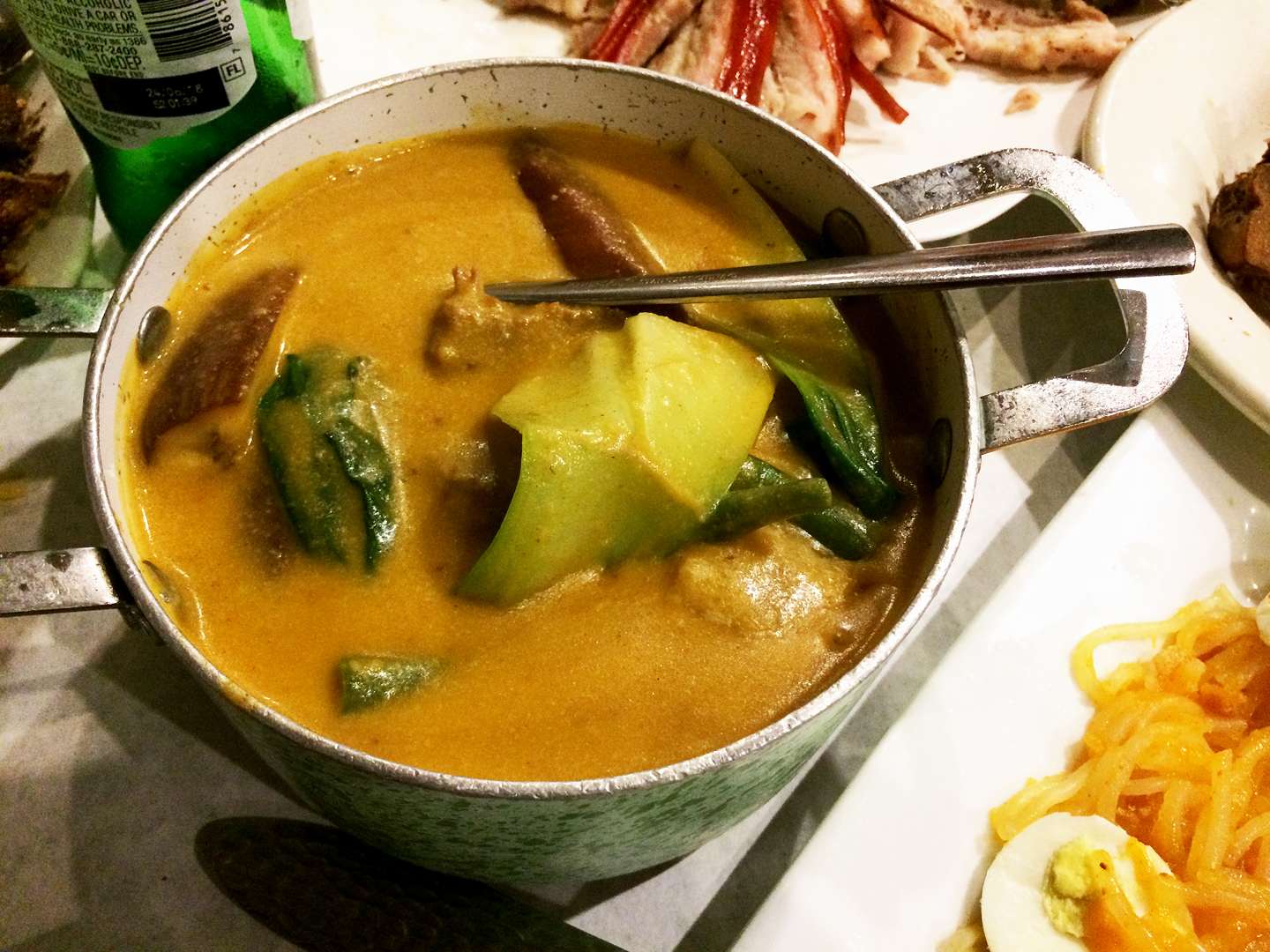
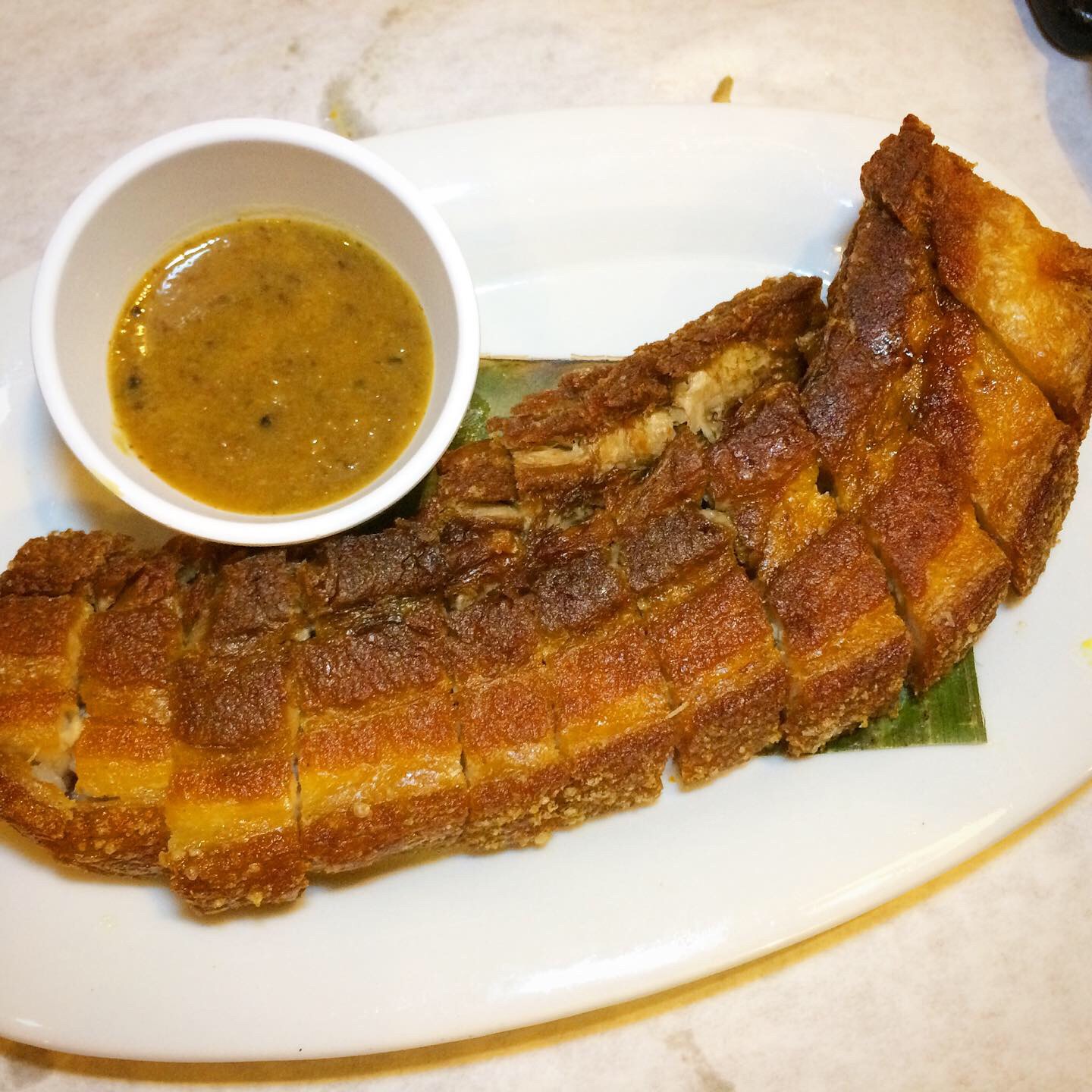
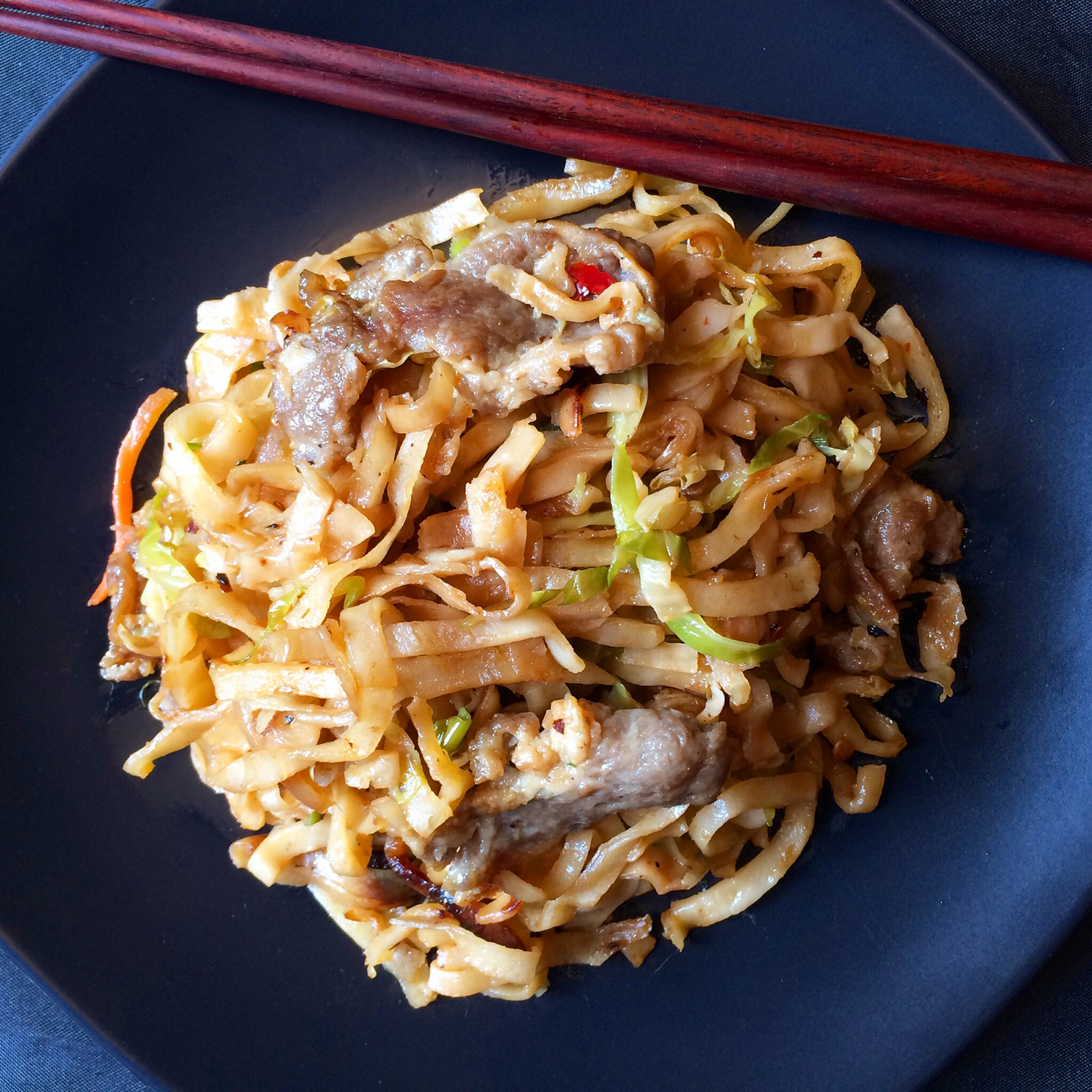
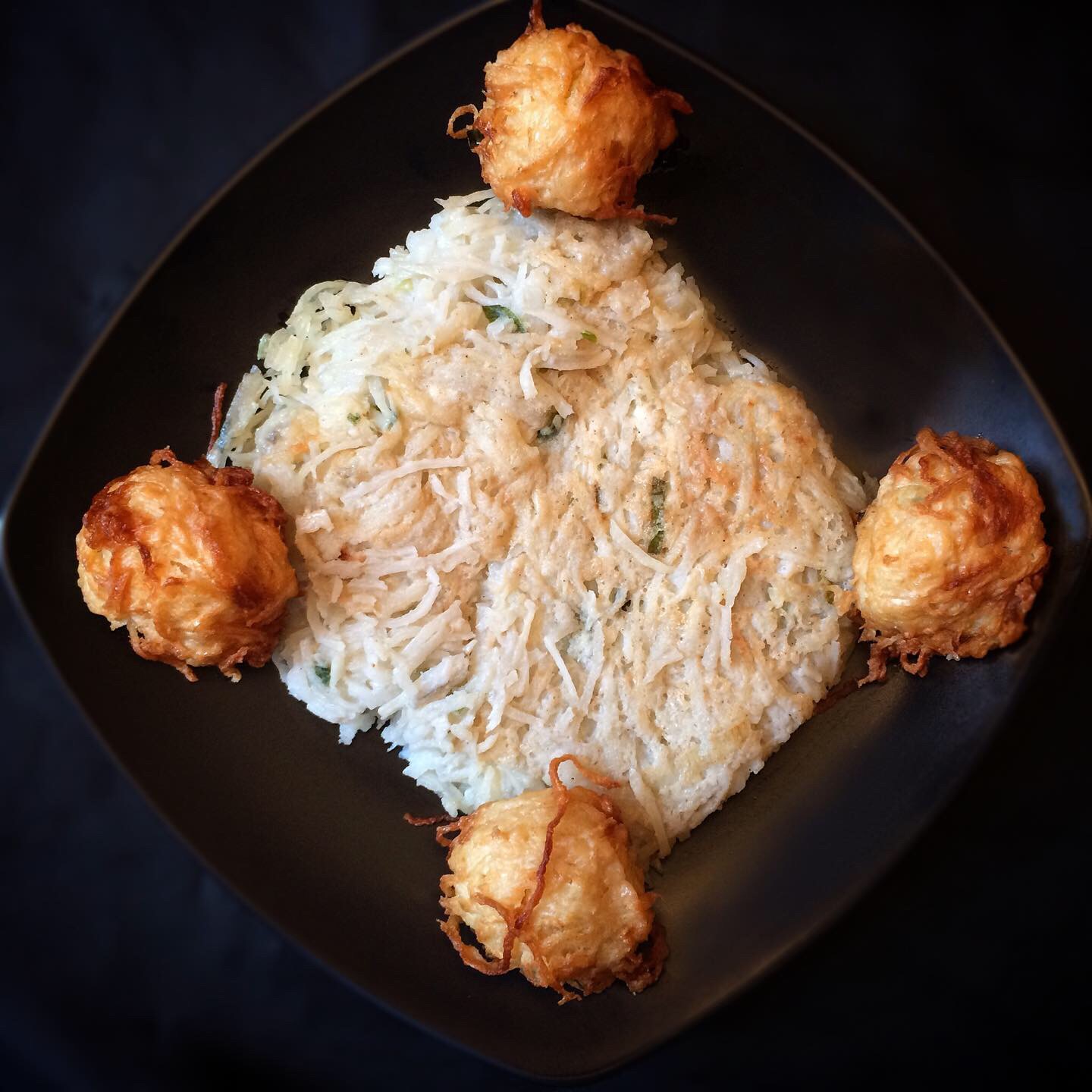



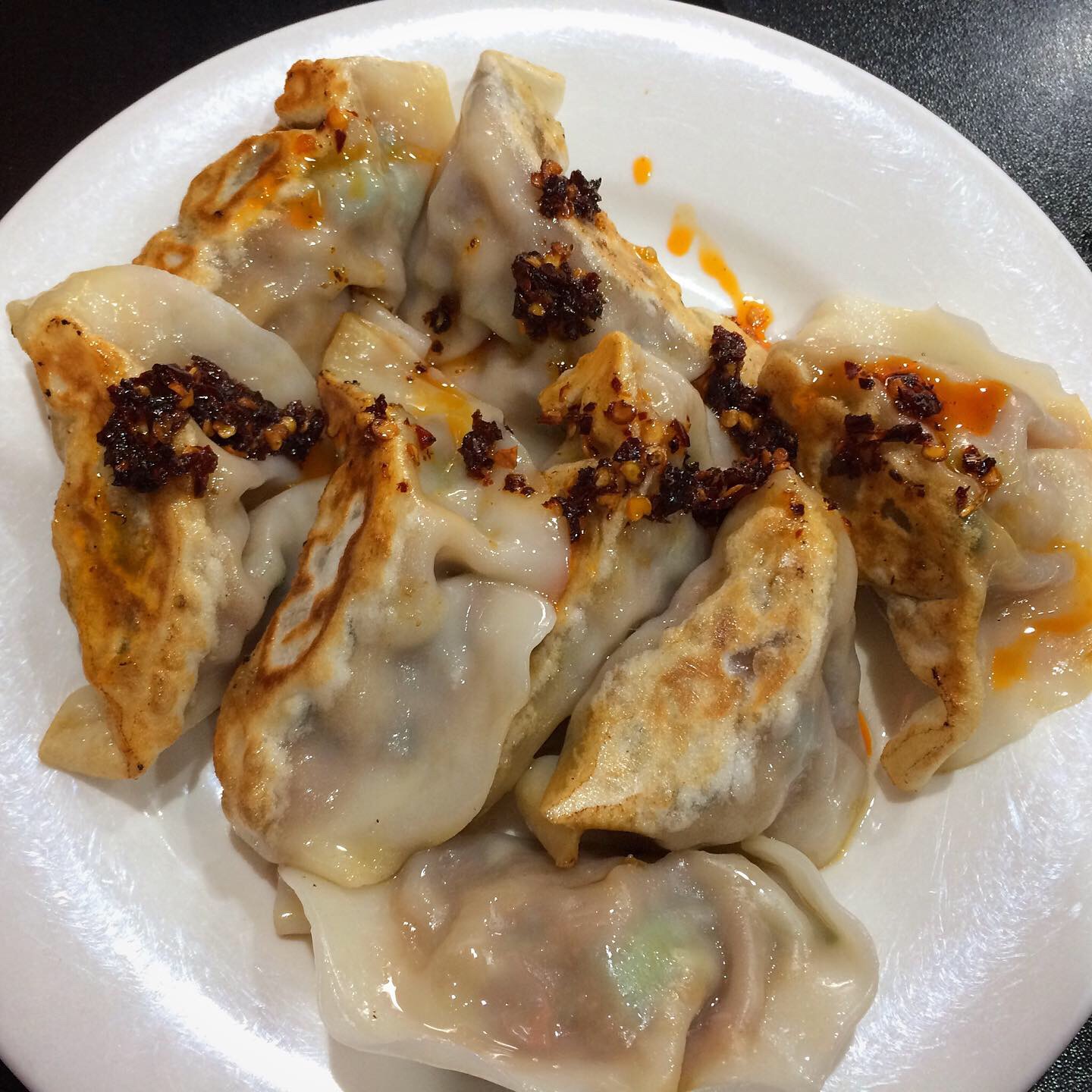
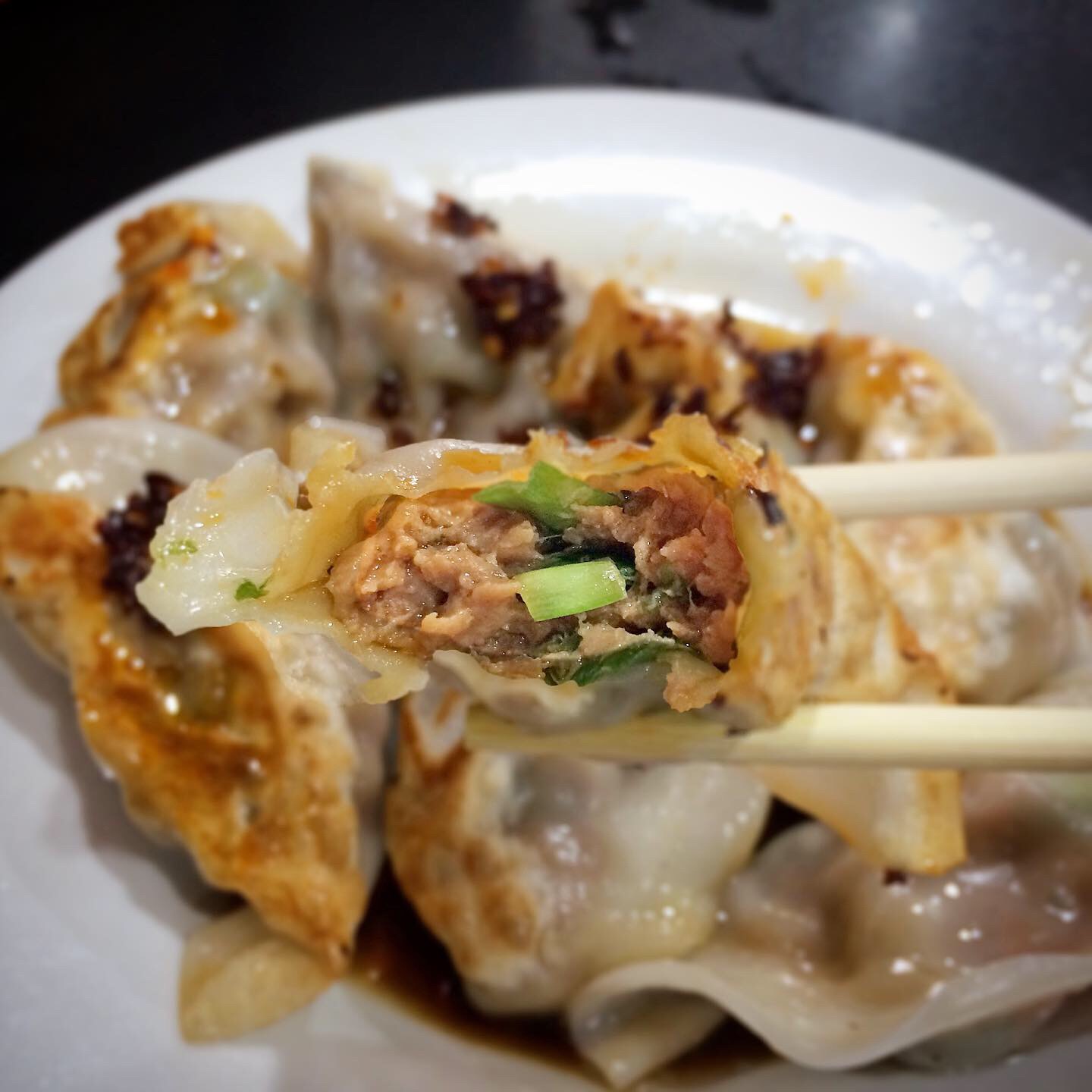



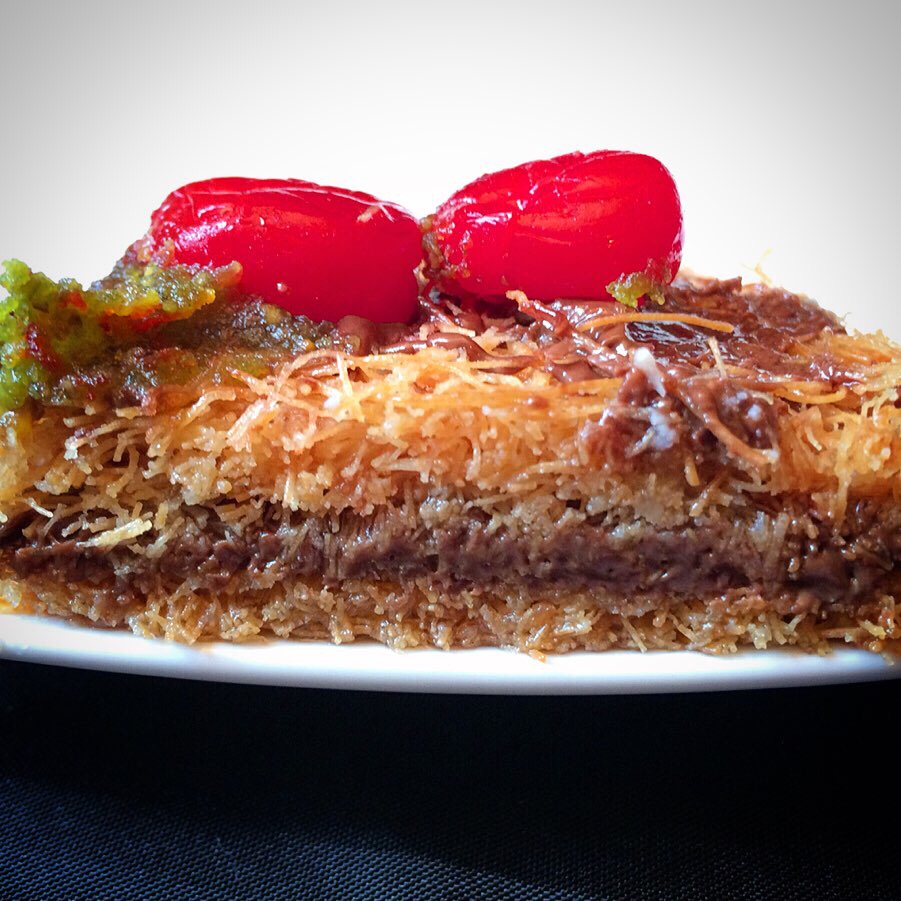

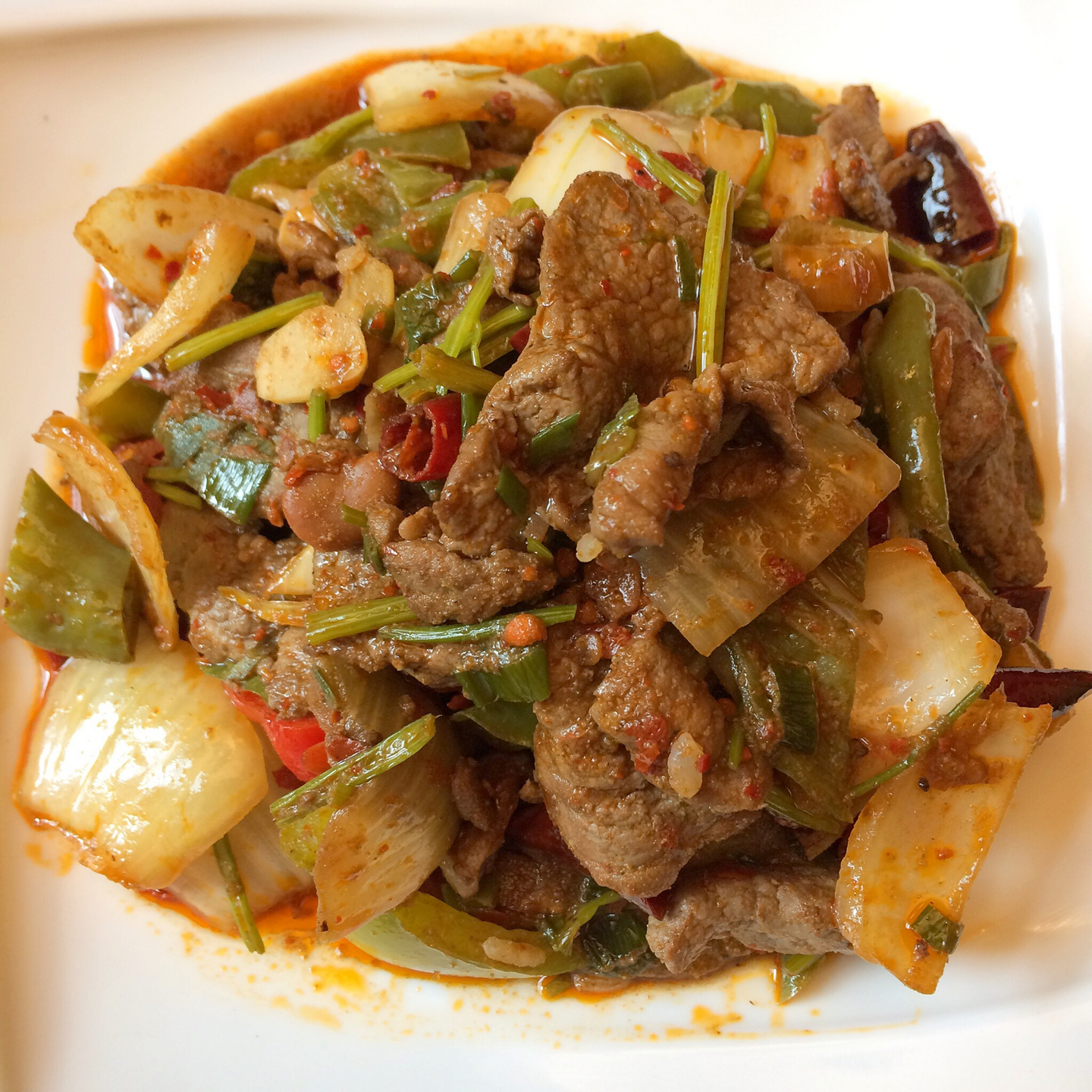
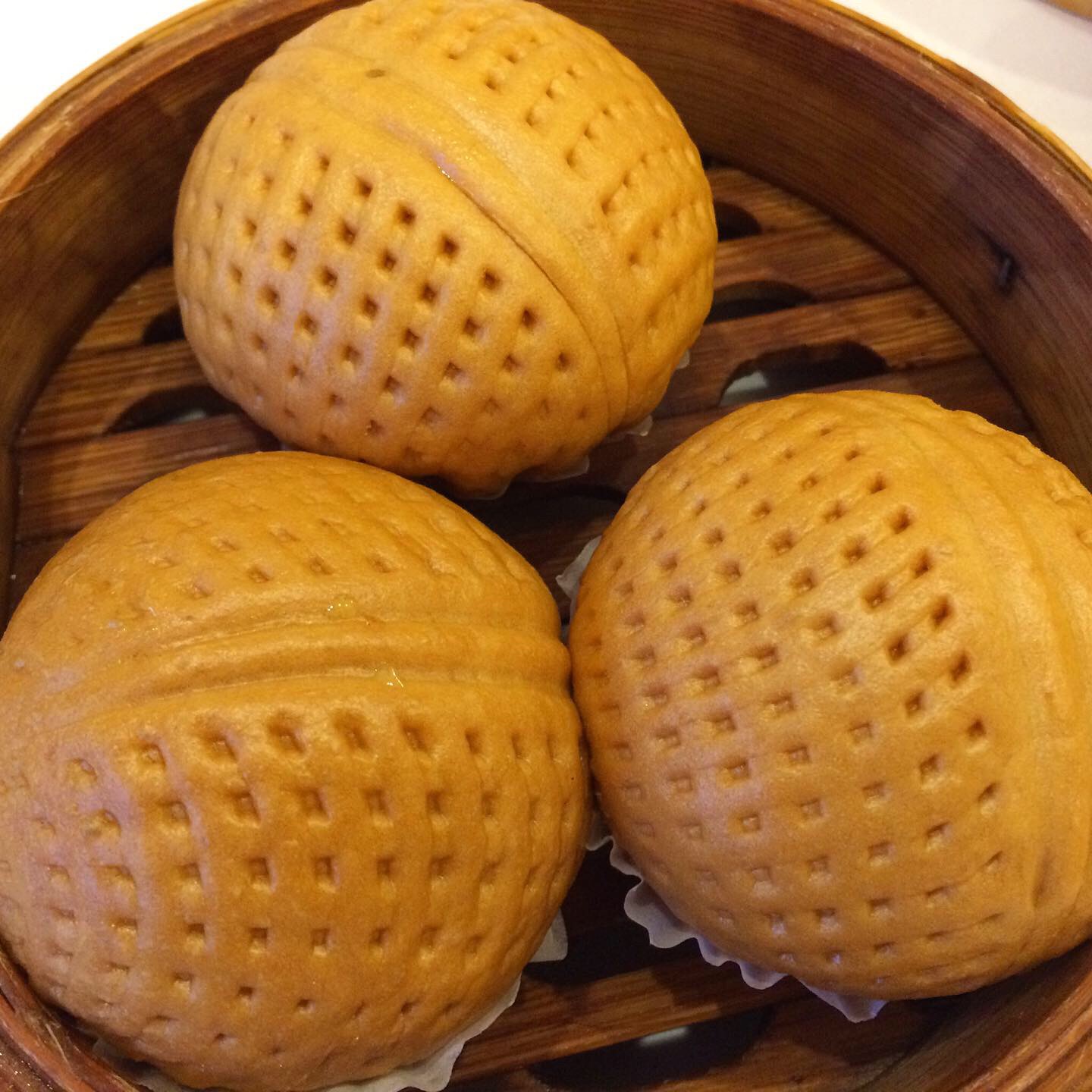
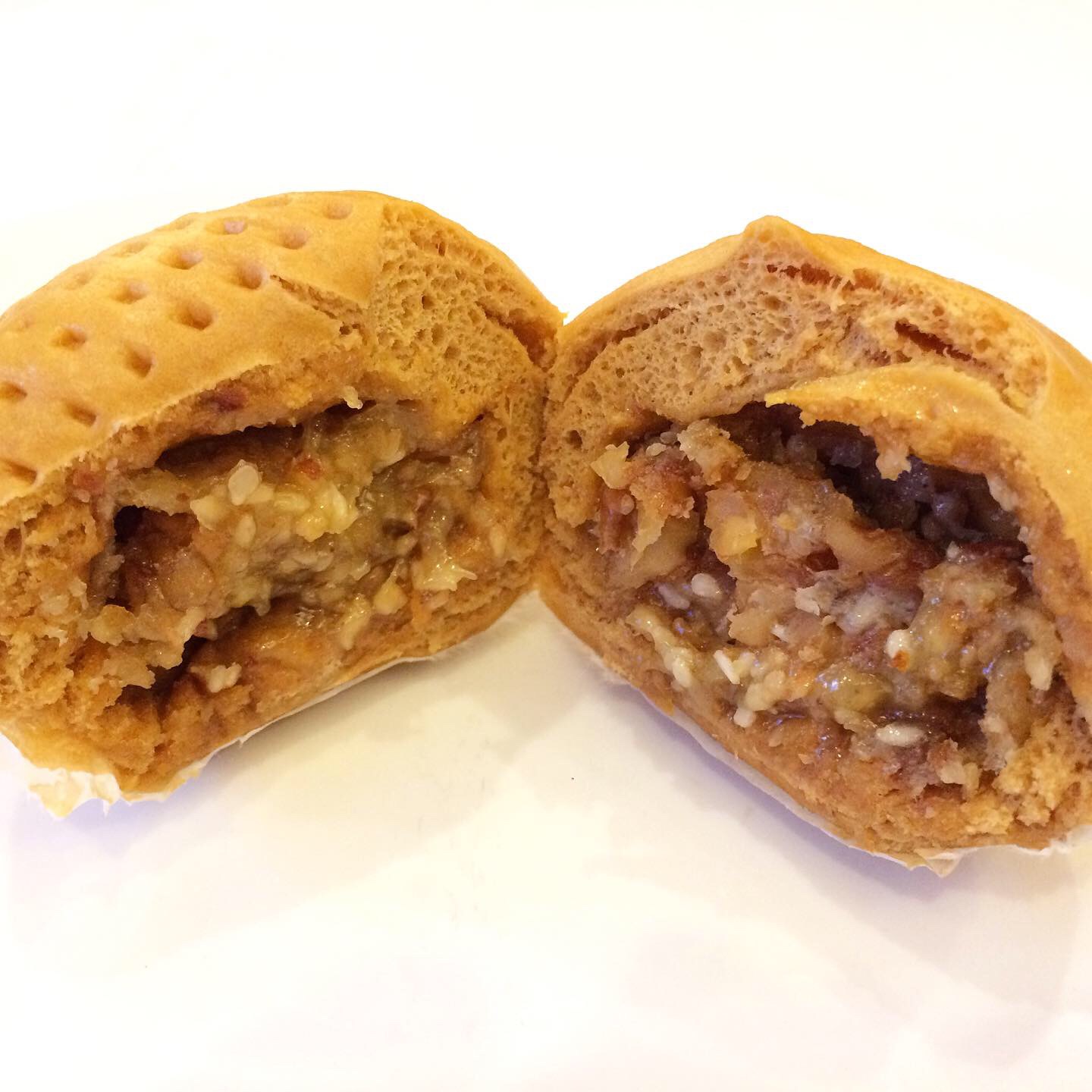
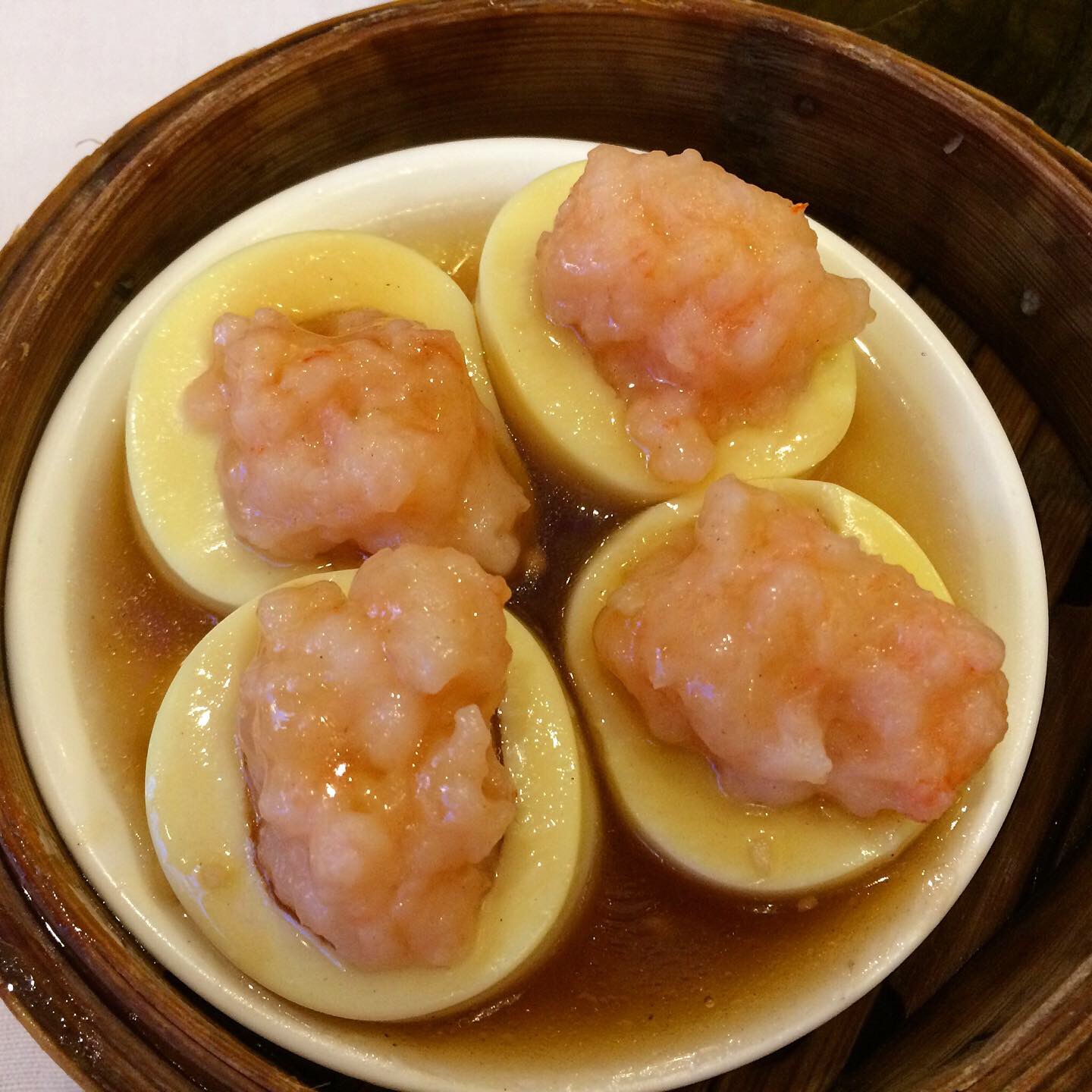
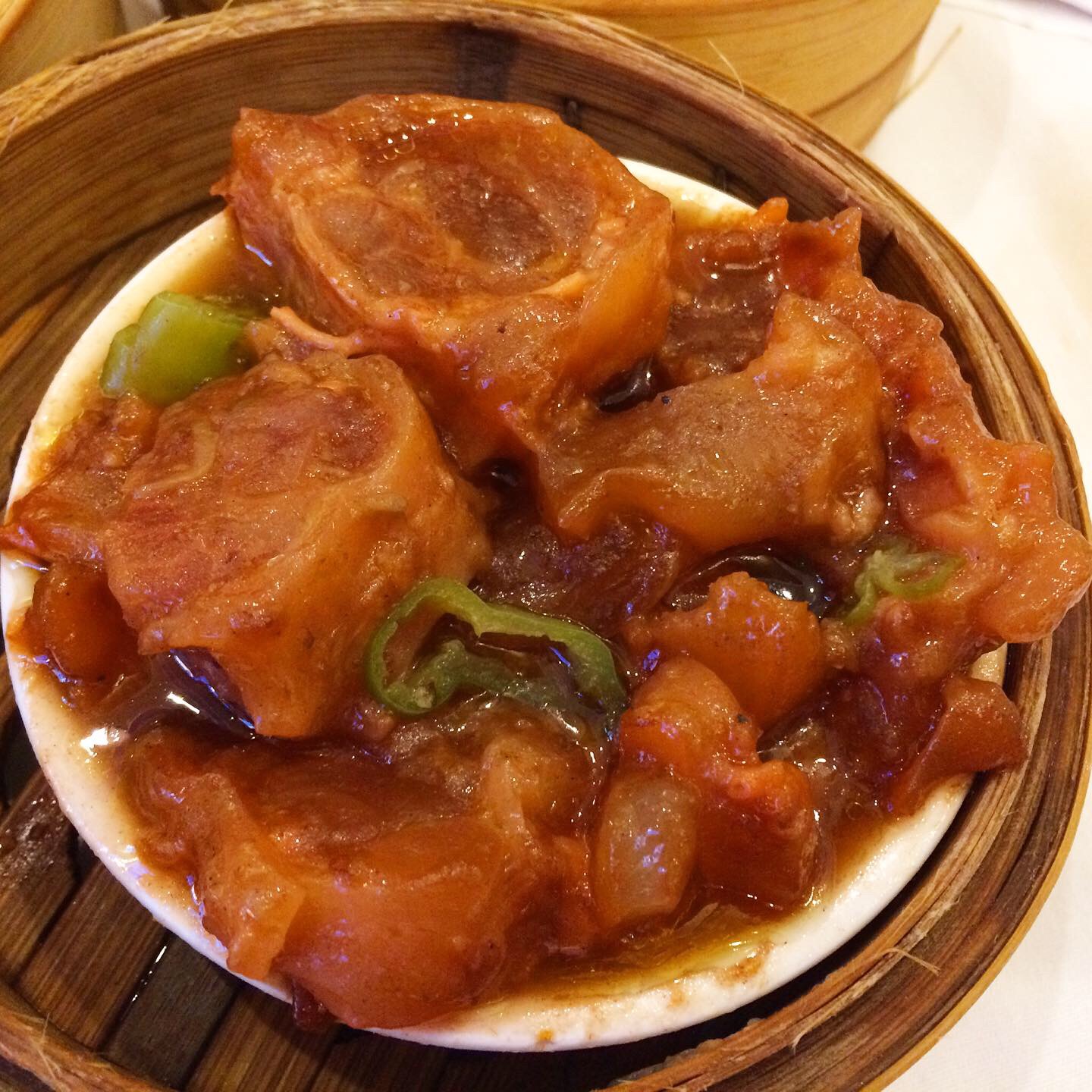
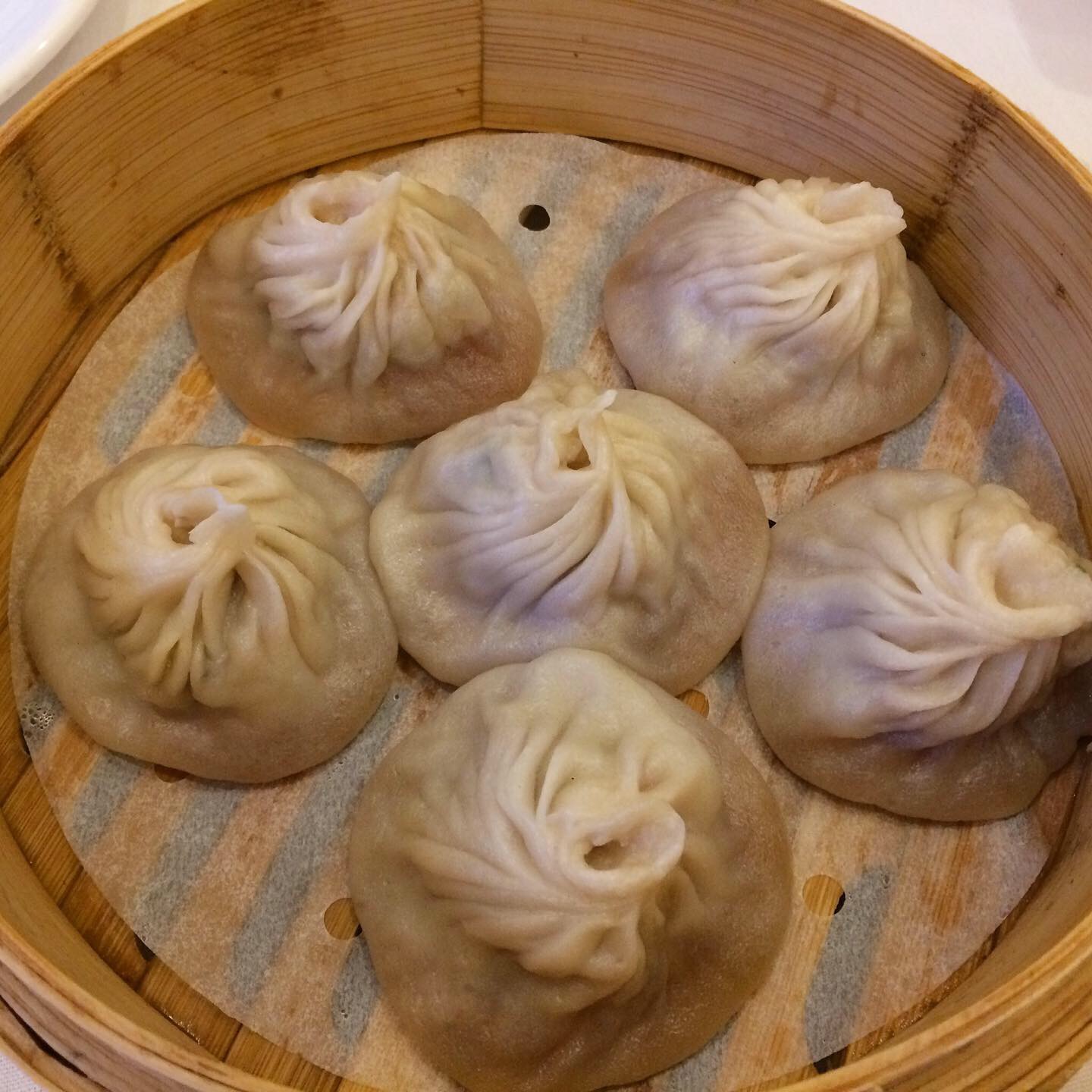
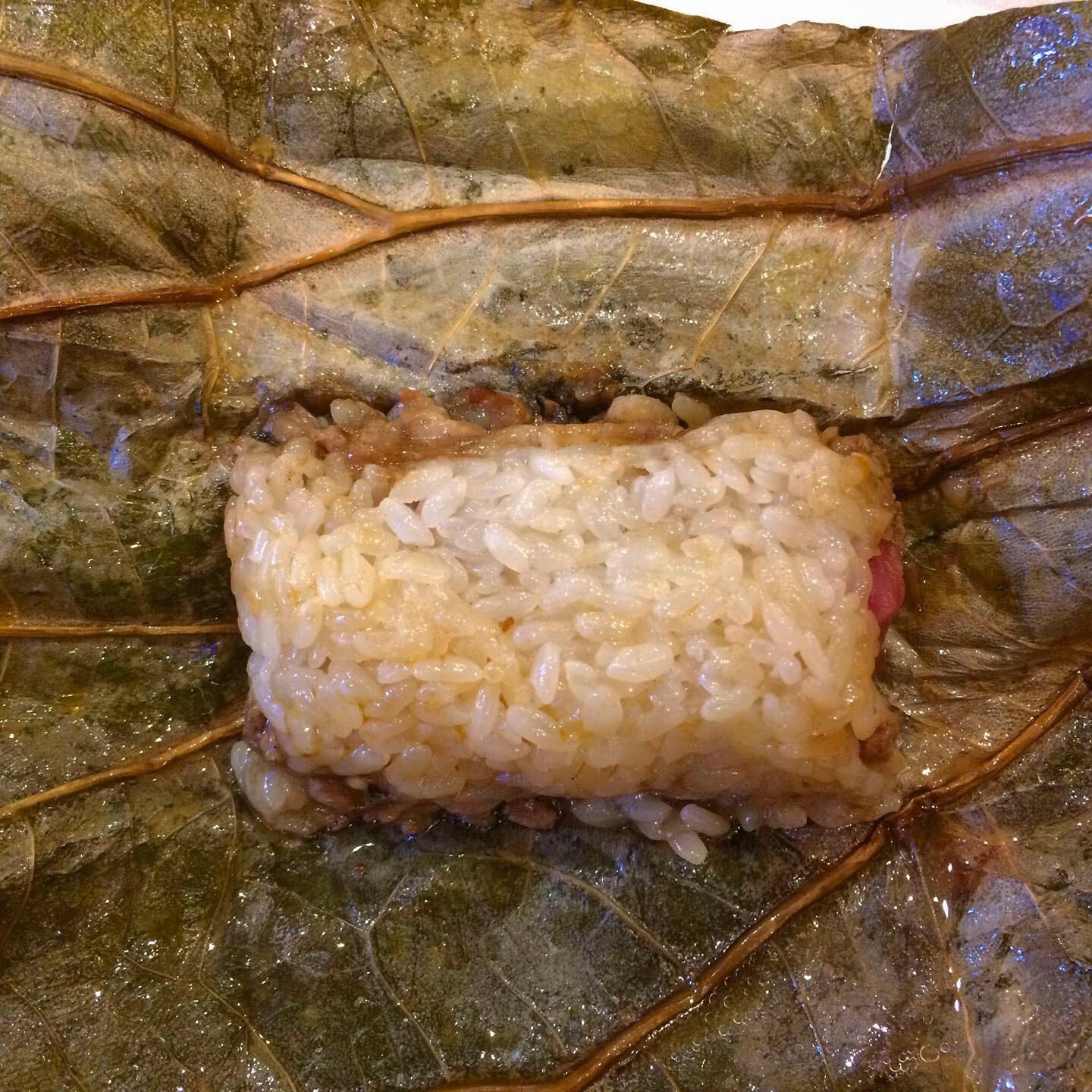
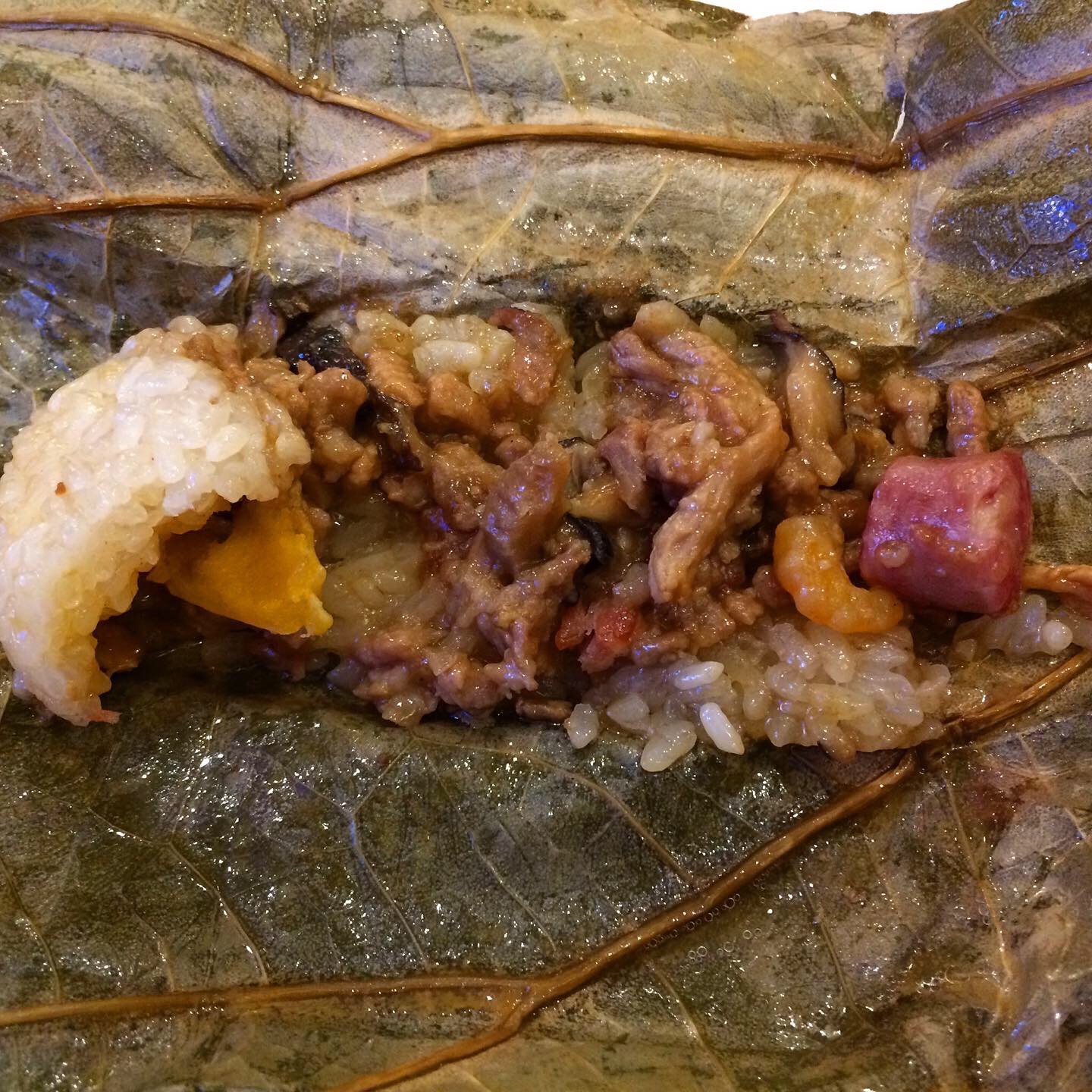
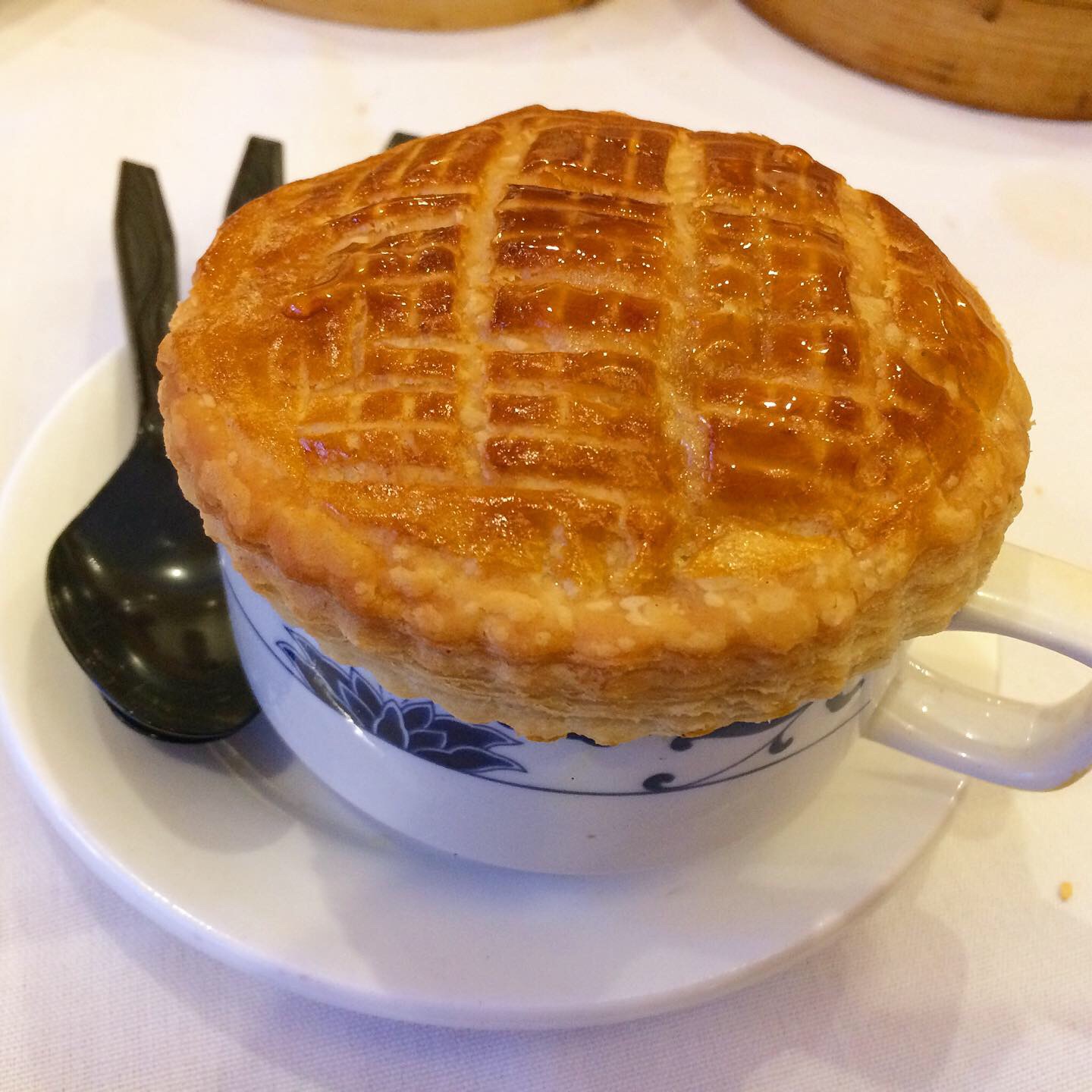

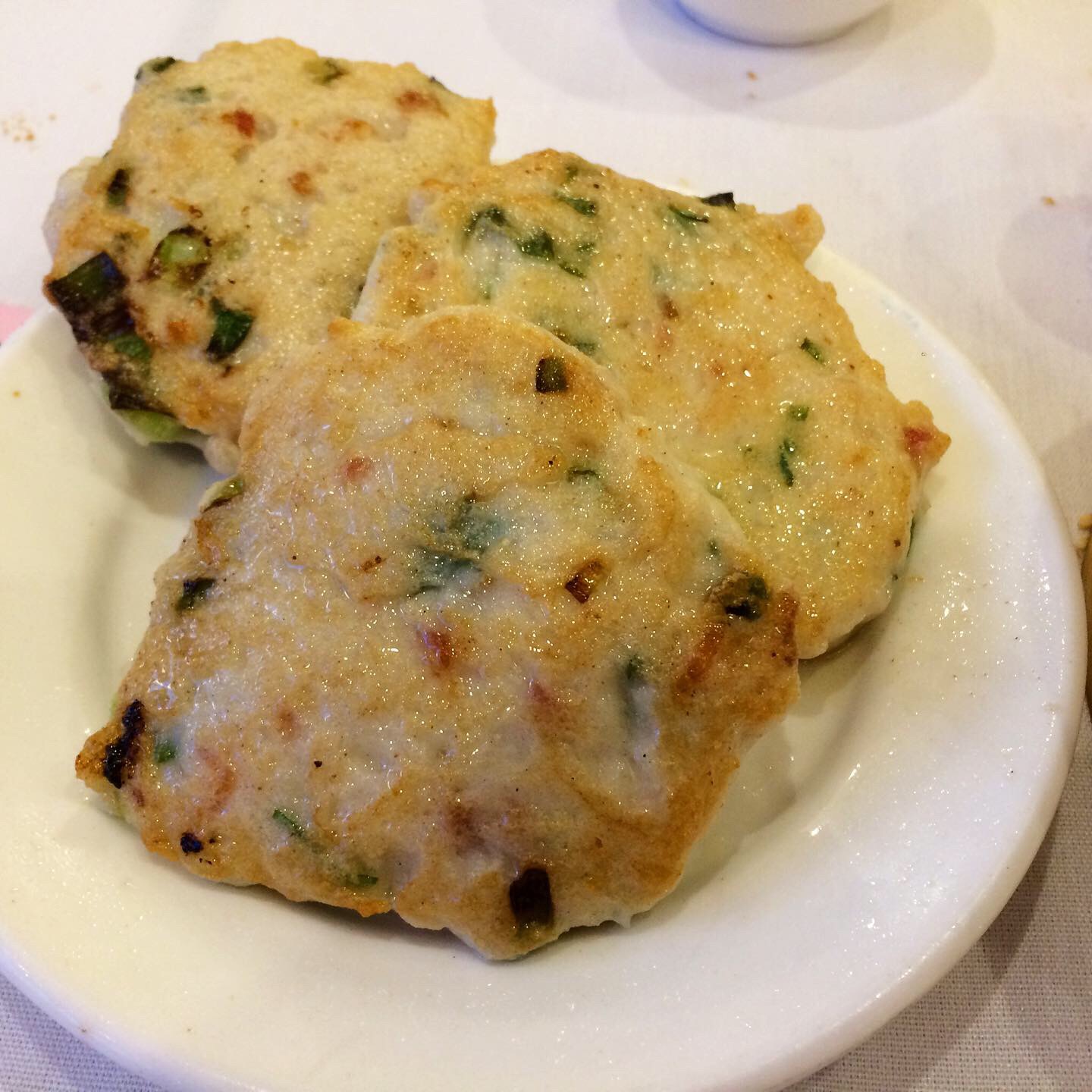
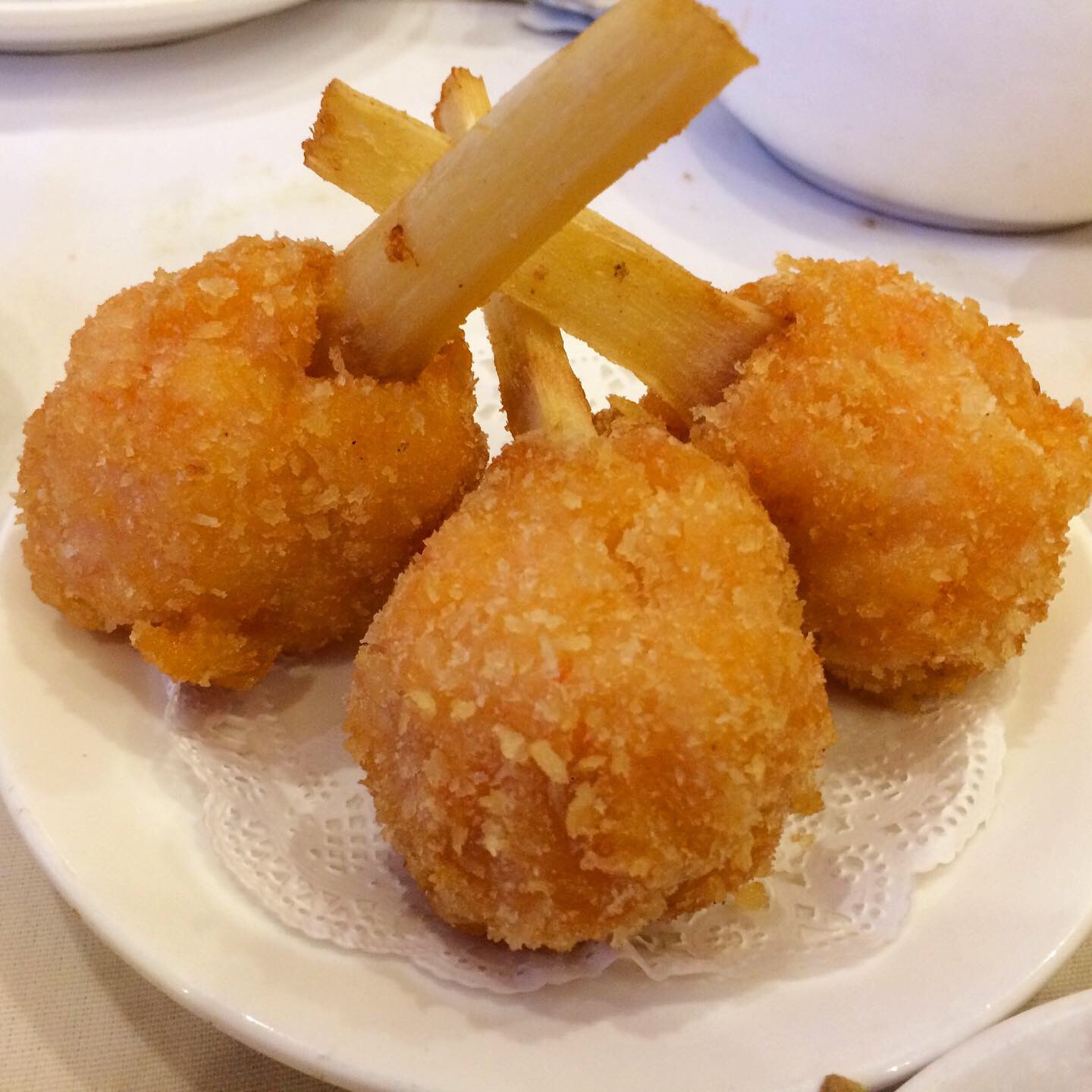
 Roast Duck
Roast Duck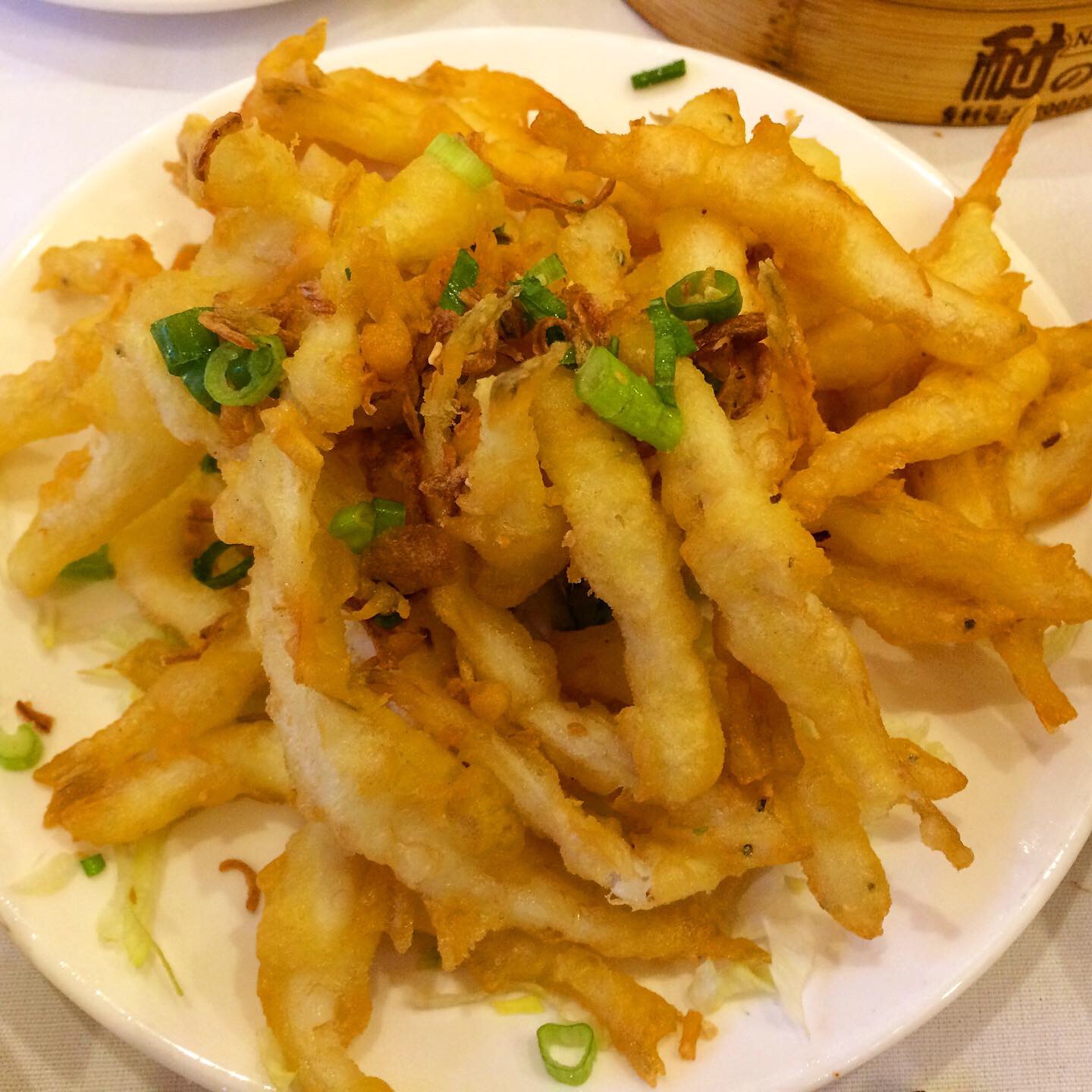 Fried Silver Fish
Fried Silver Fish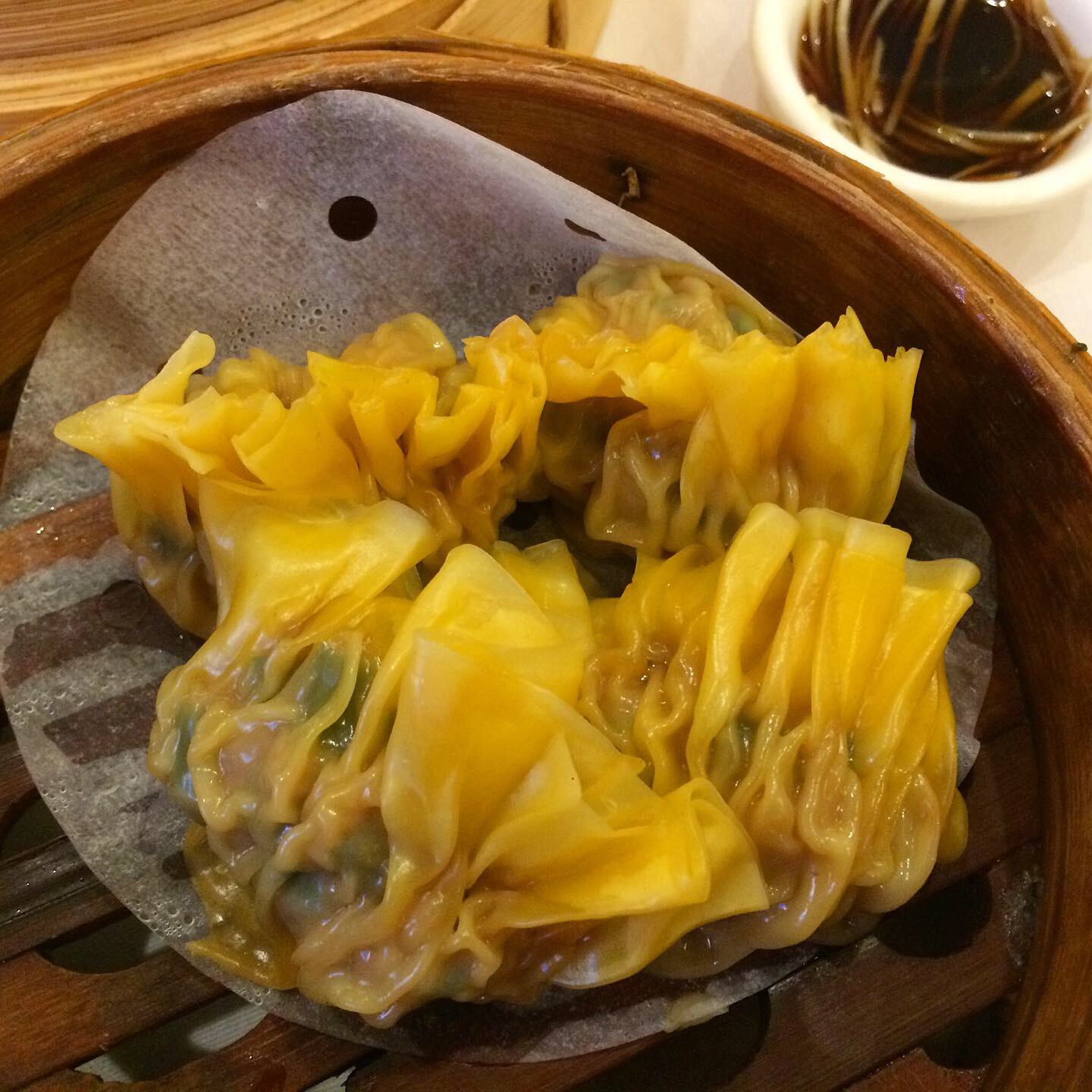 Shrimp and Chive Wonton
Shrimp and Chive Wonton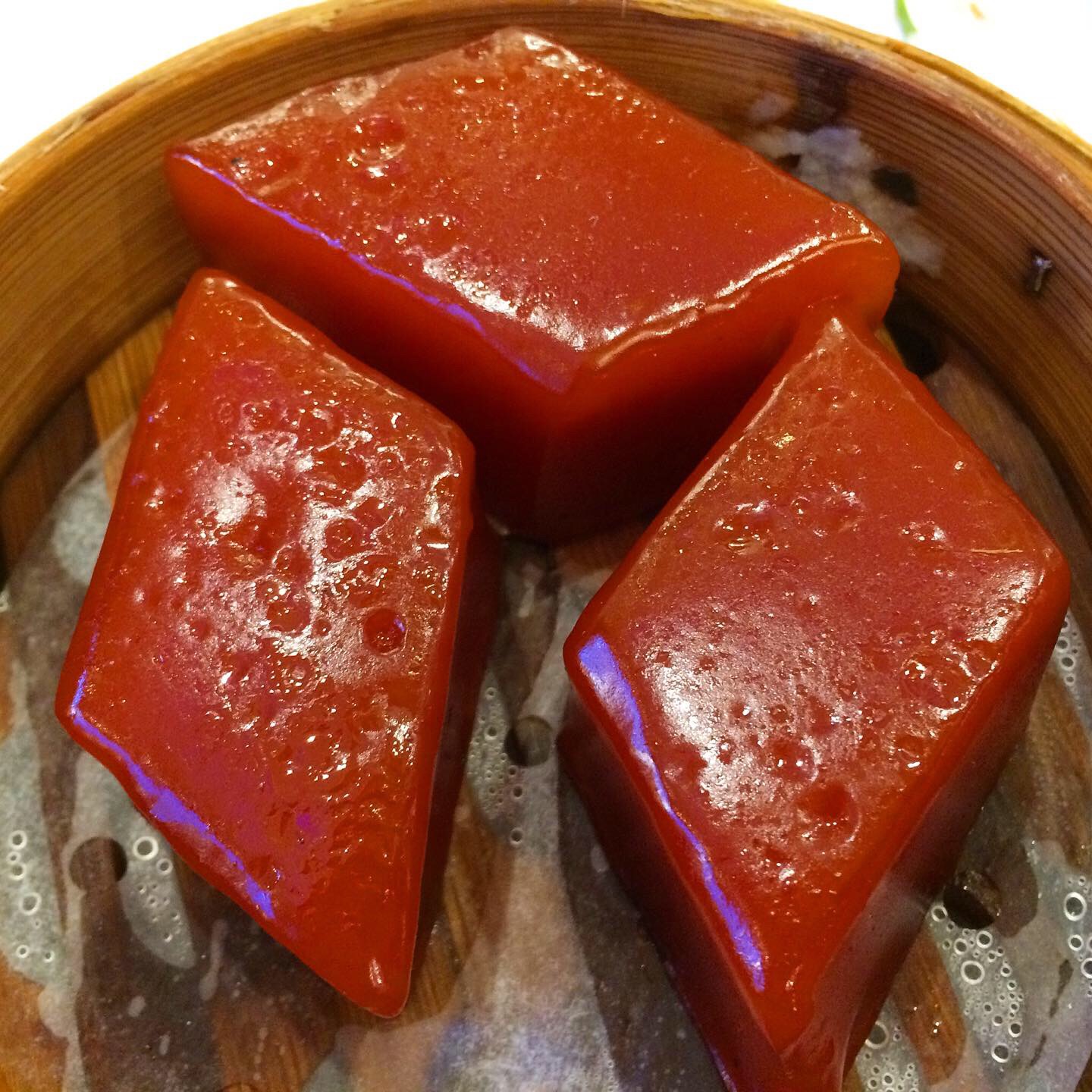 Nian Gao (glutinous Rice Cake) made with Jujubes (dried red dates)
Nian Gao (glutinous Rice Cake) made with Jujubes (dried red dates)
